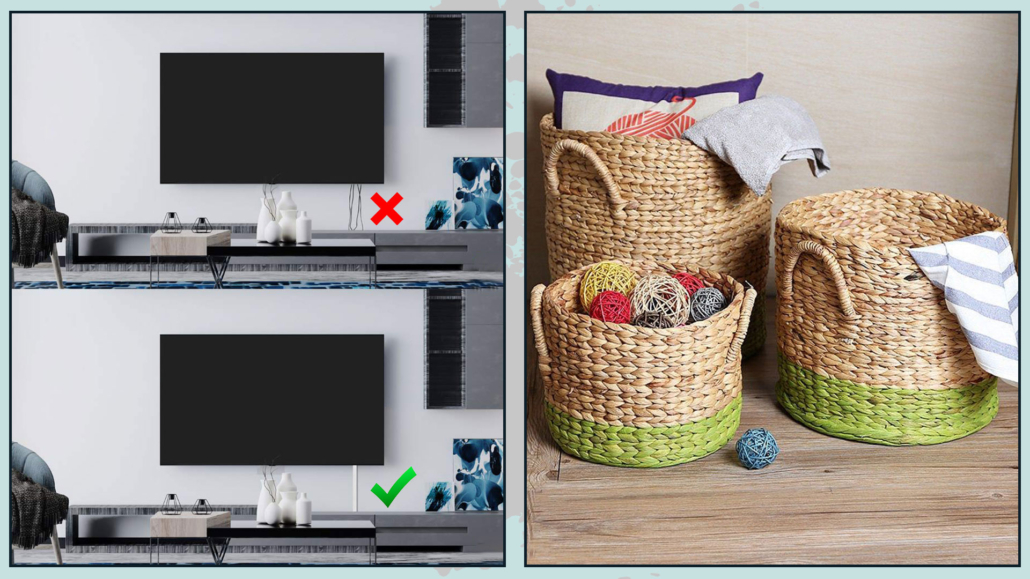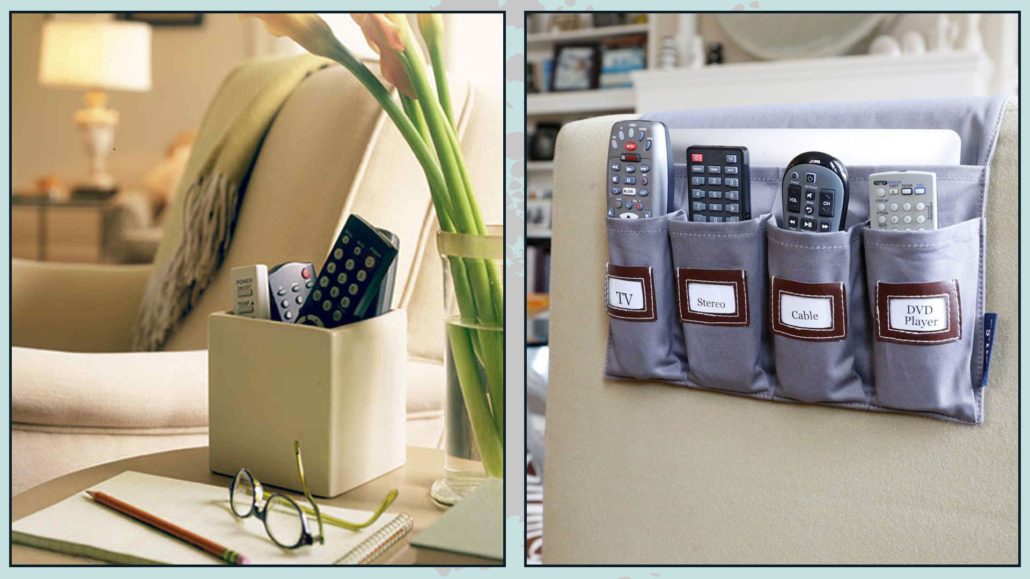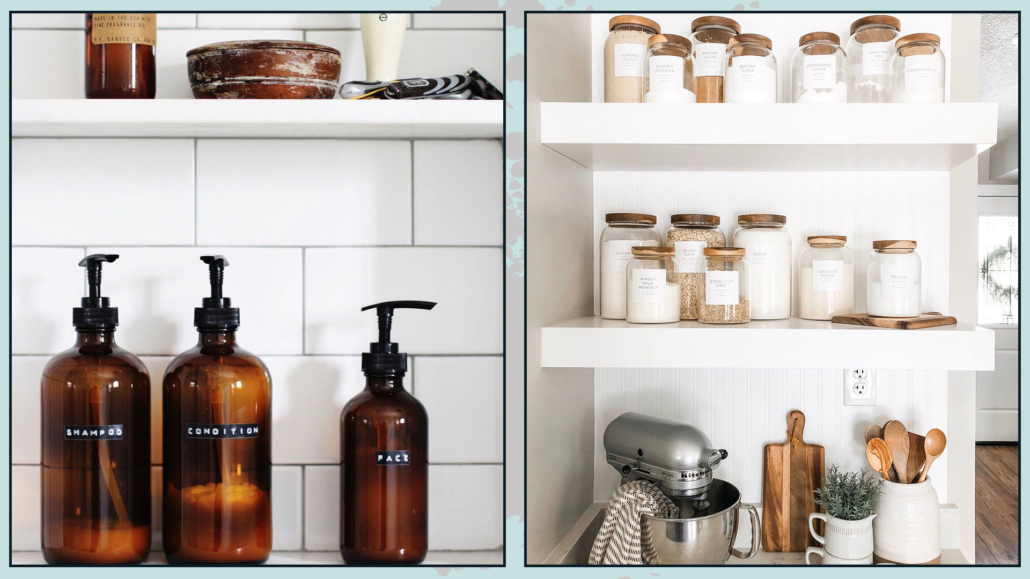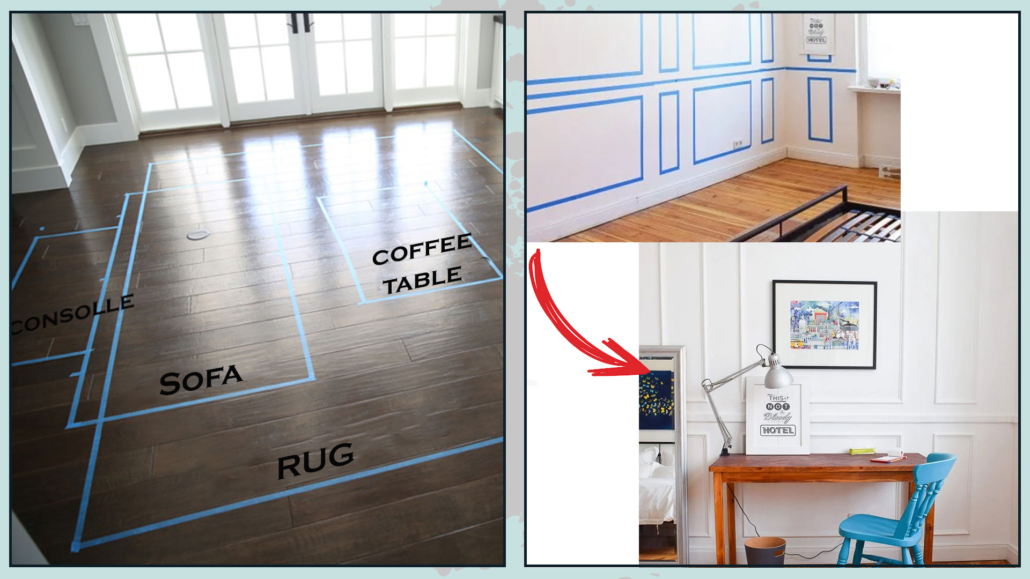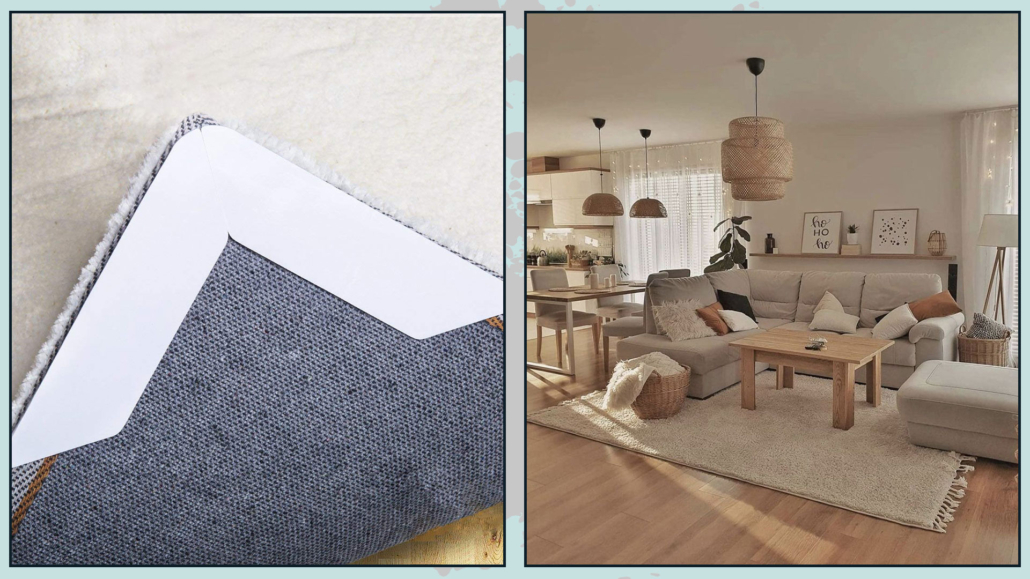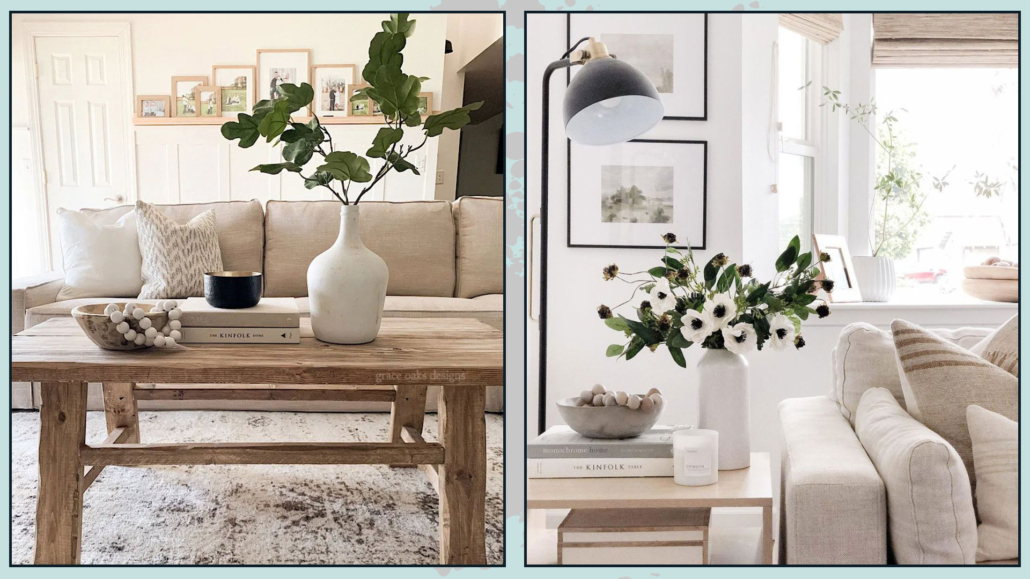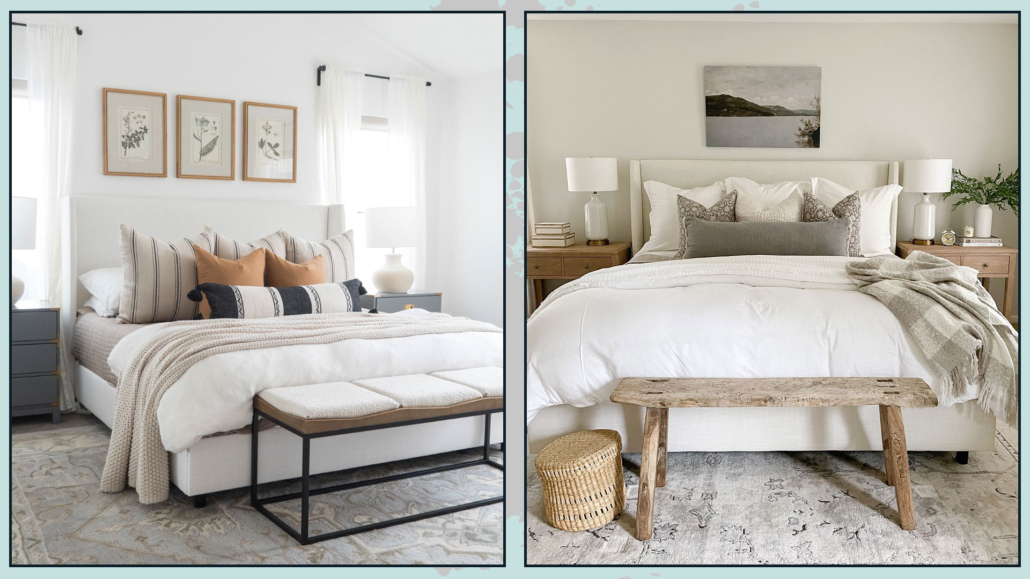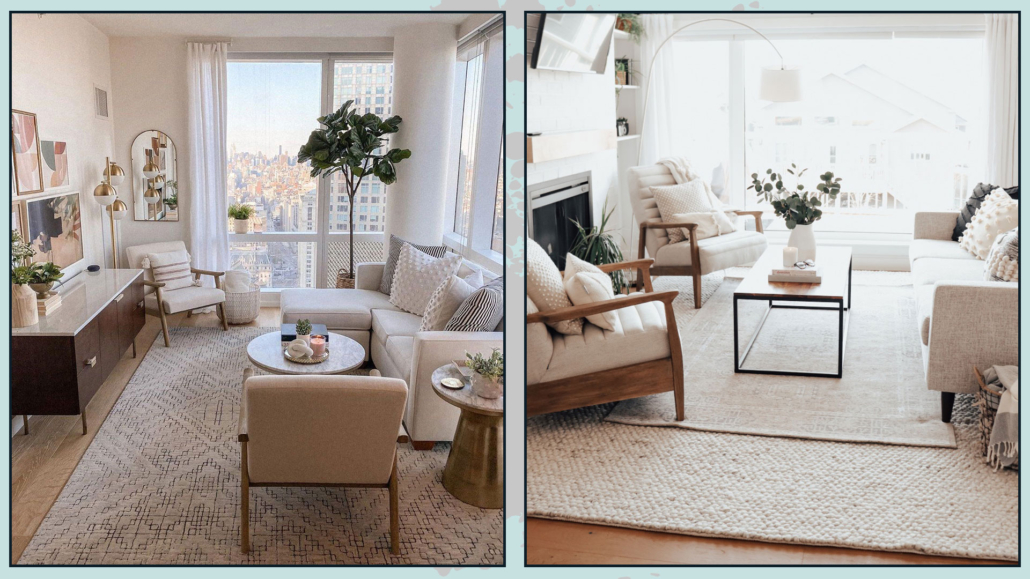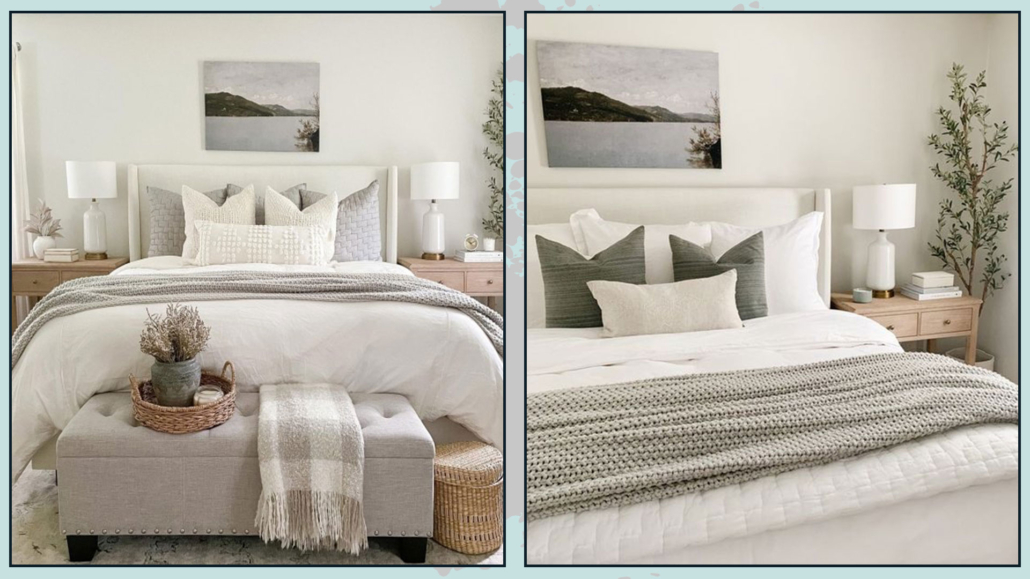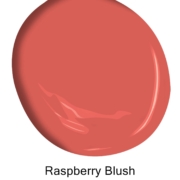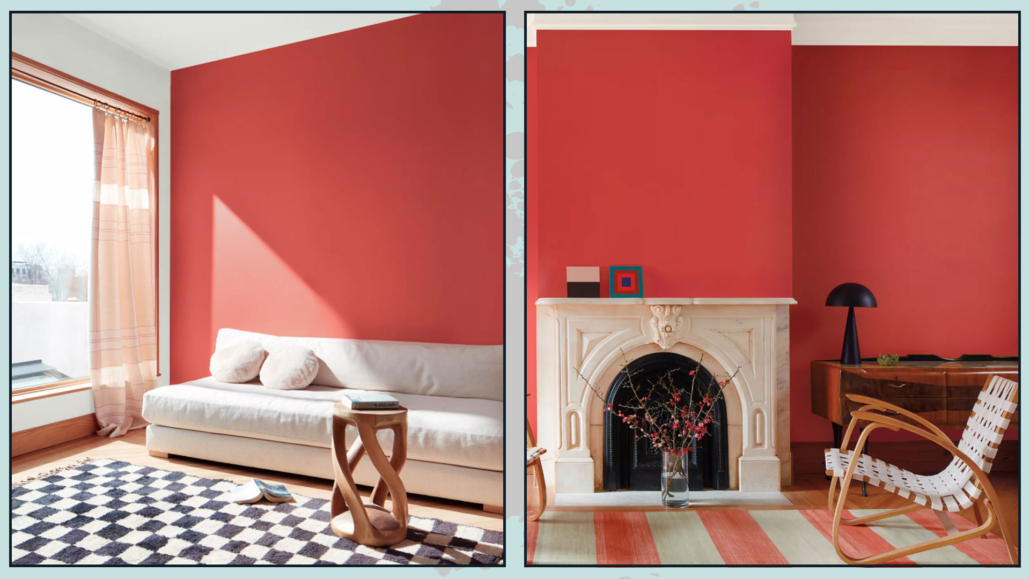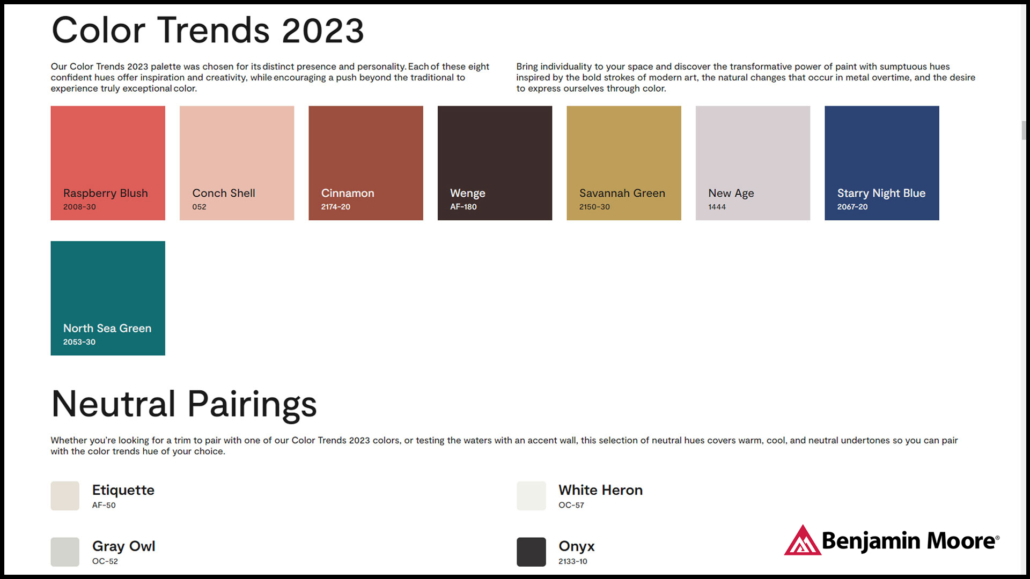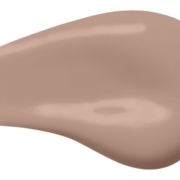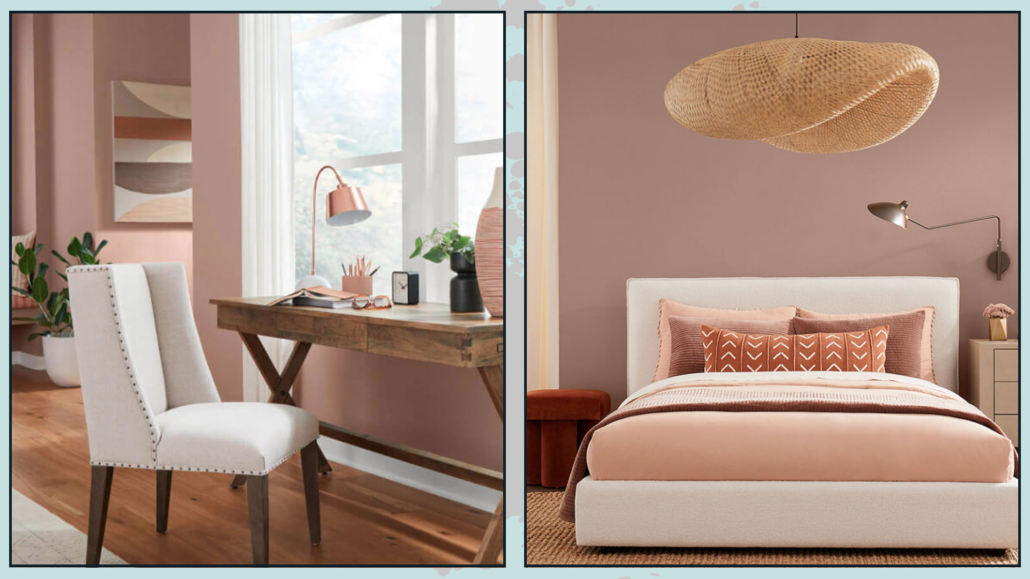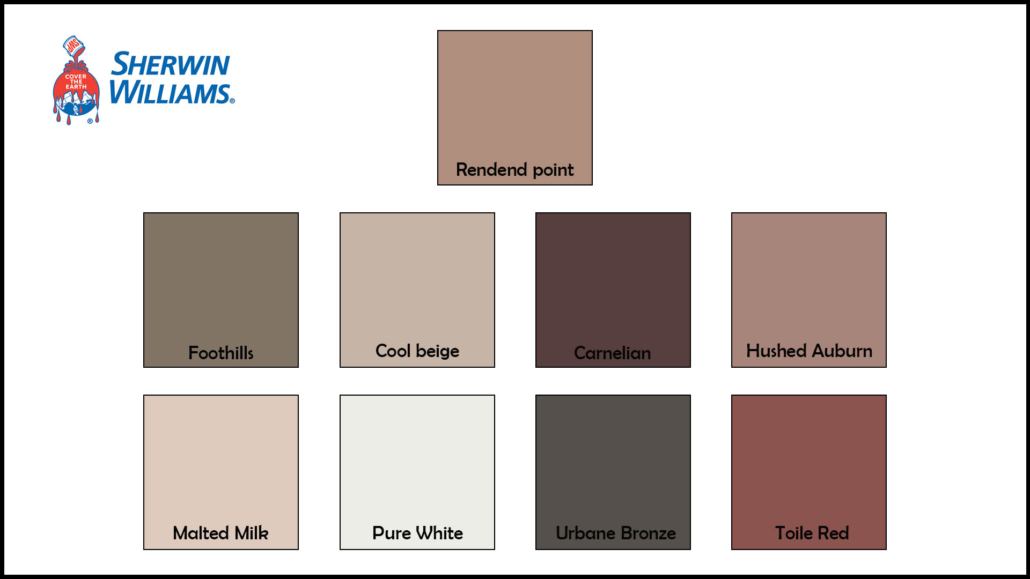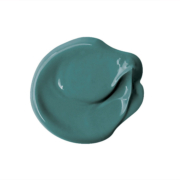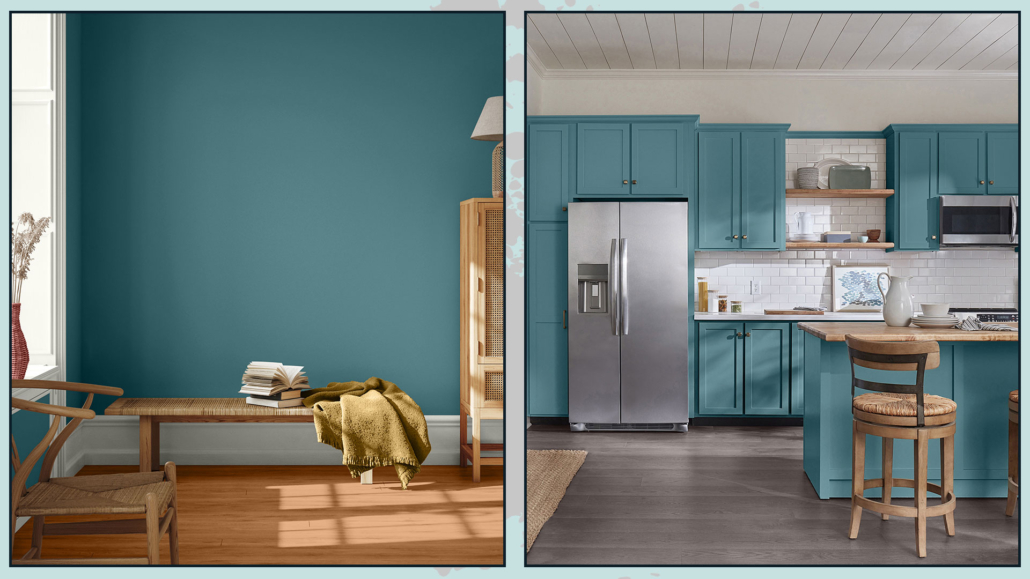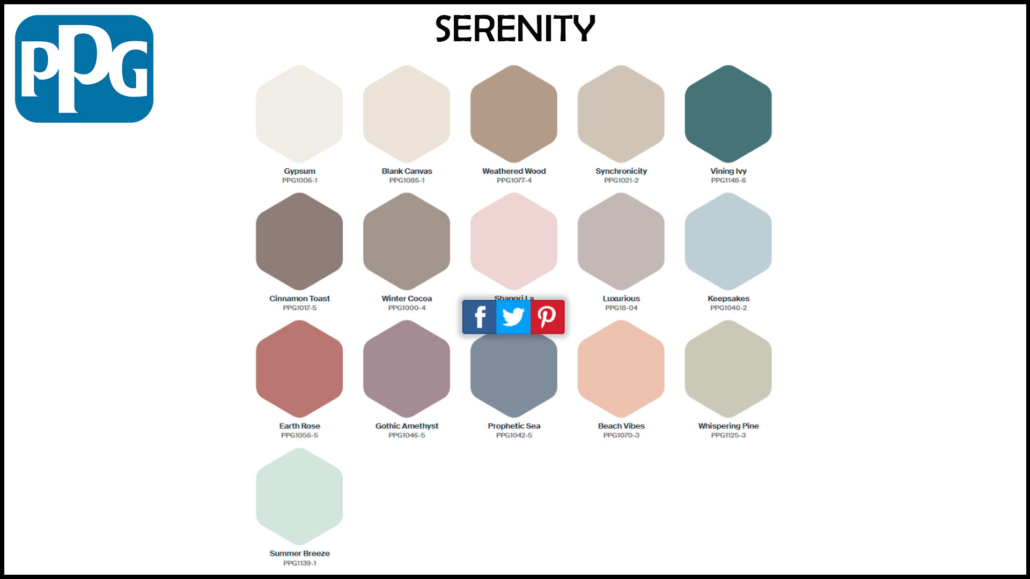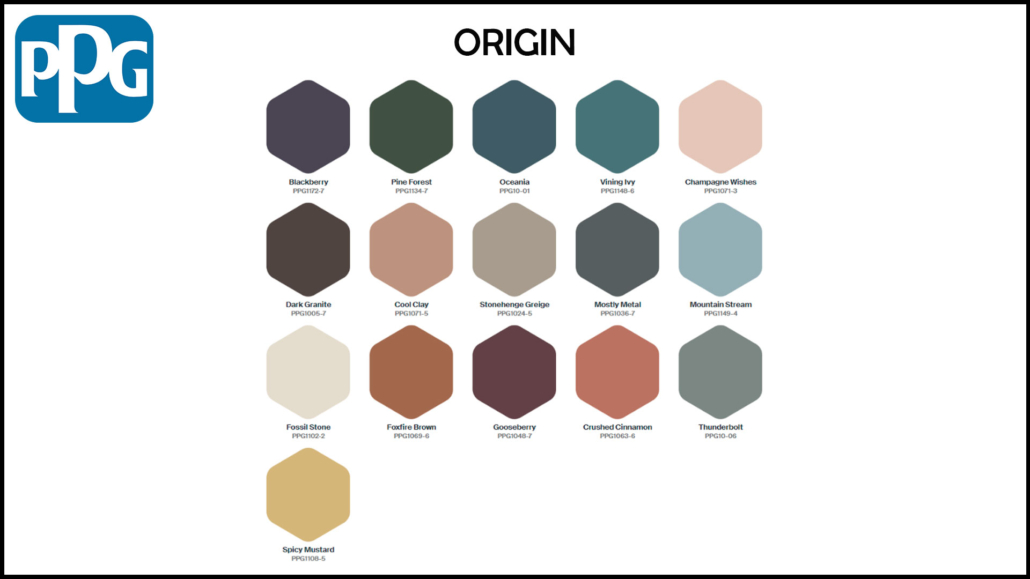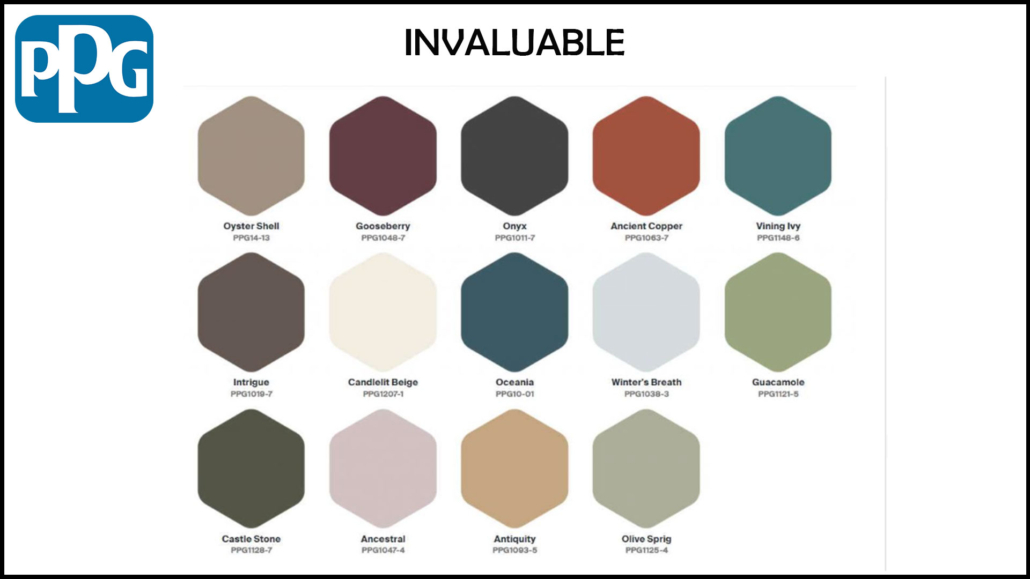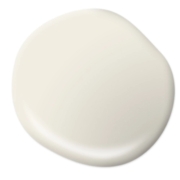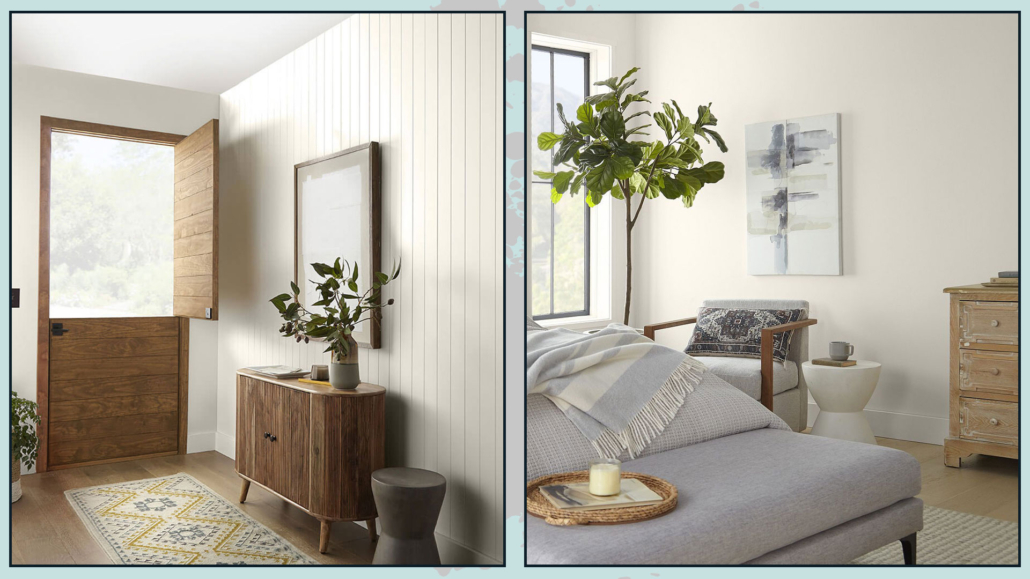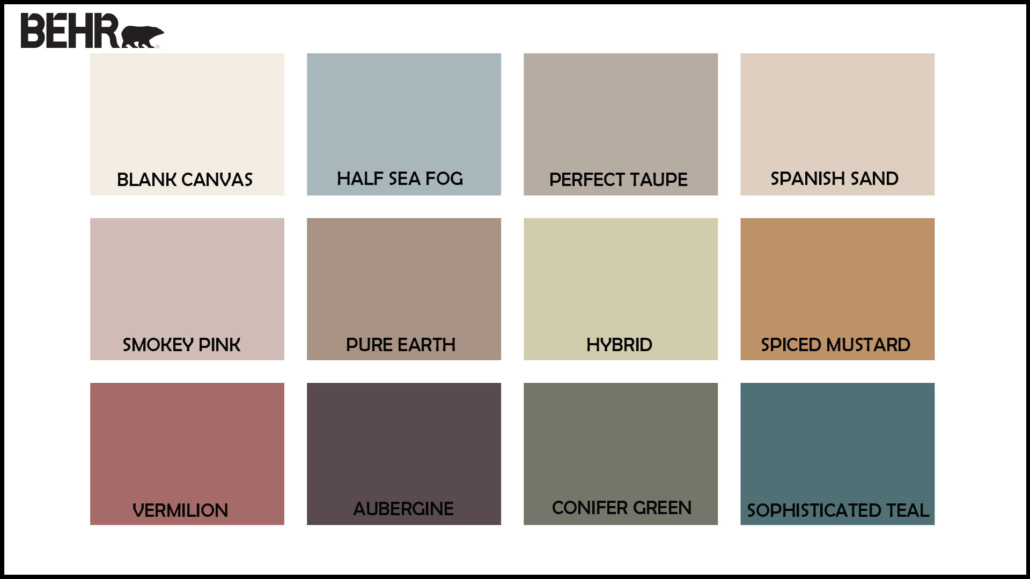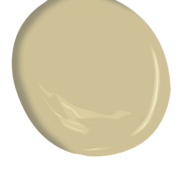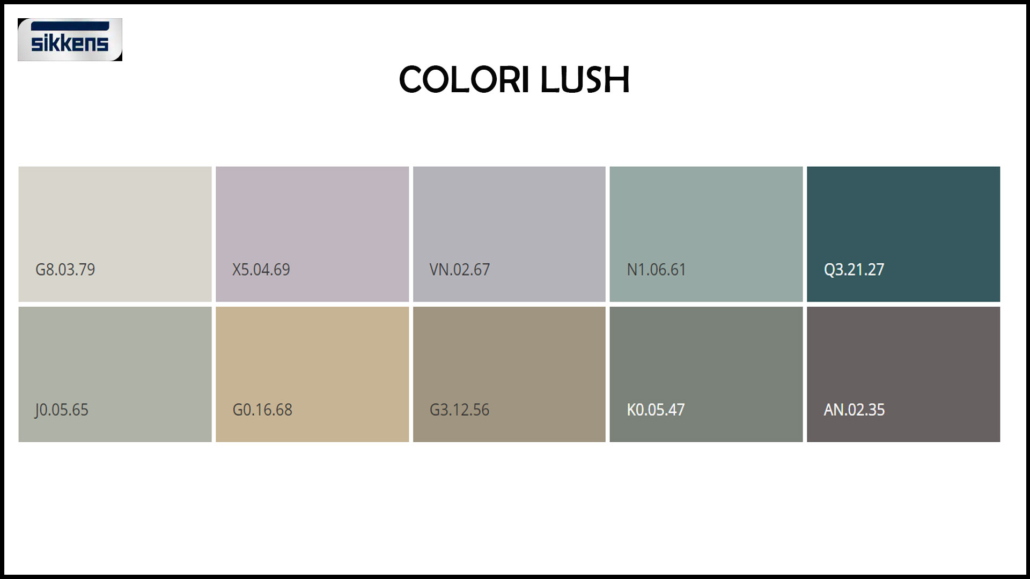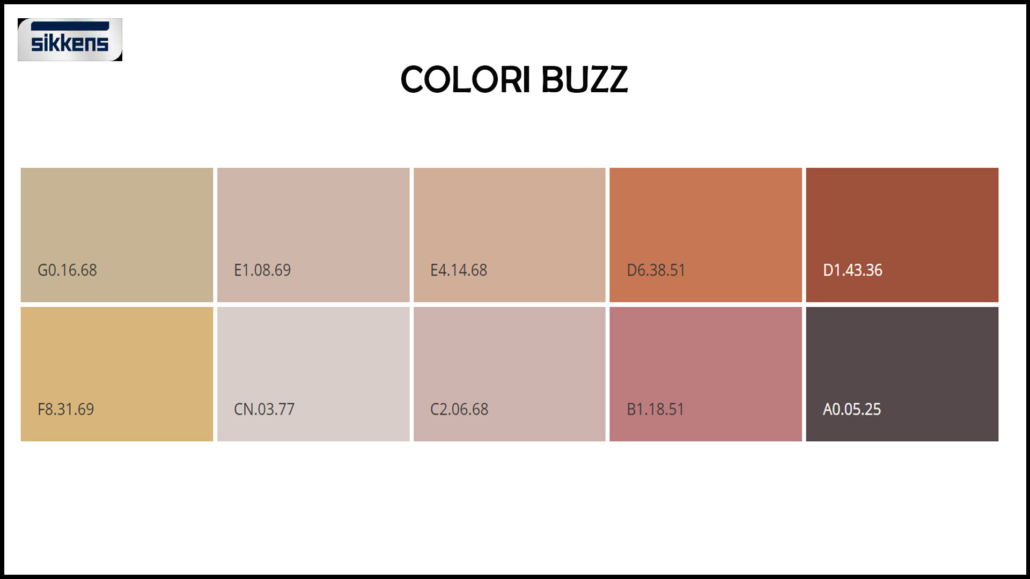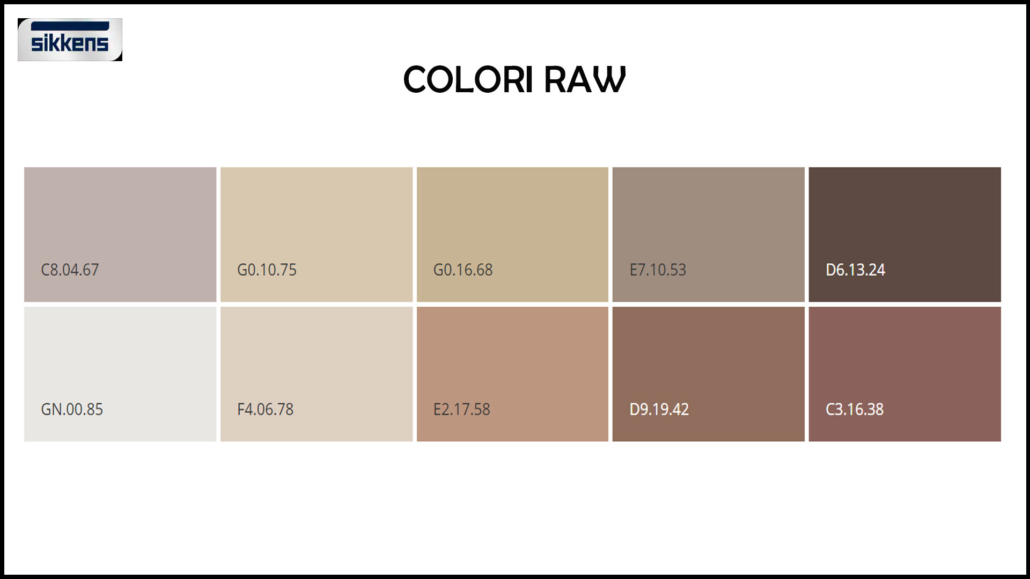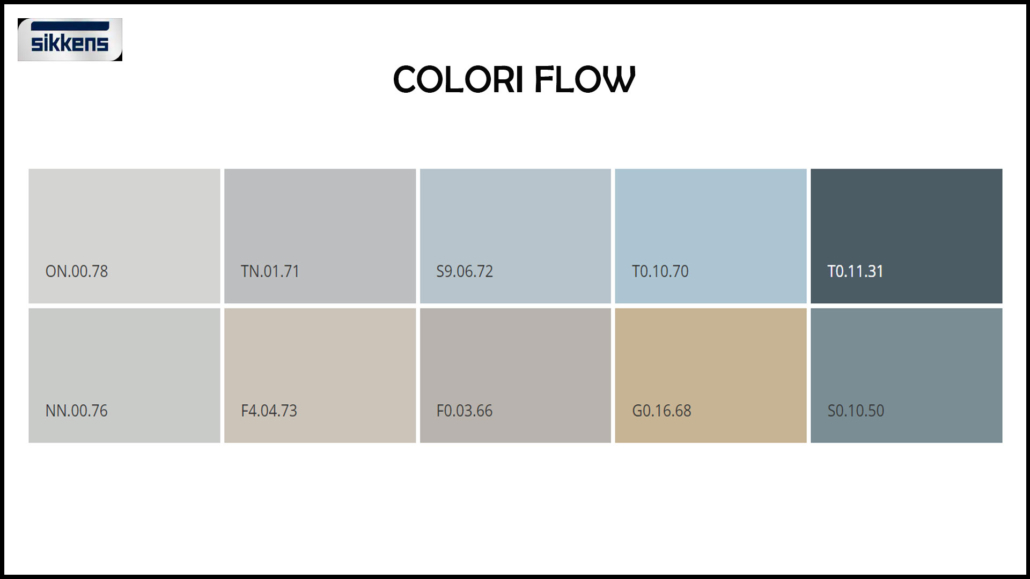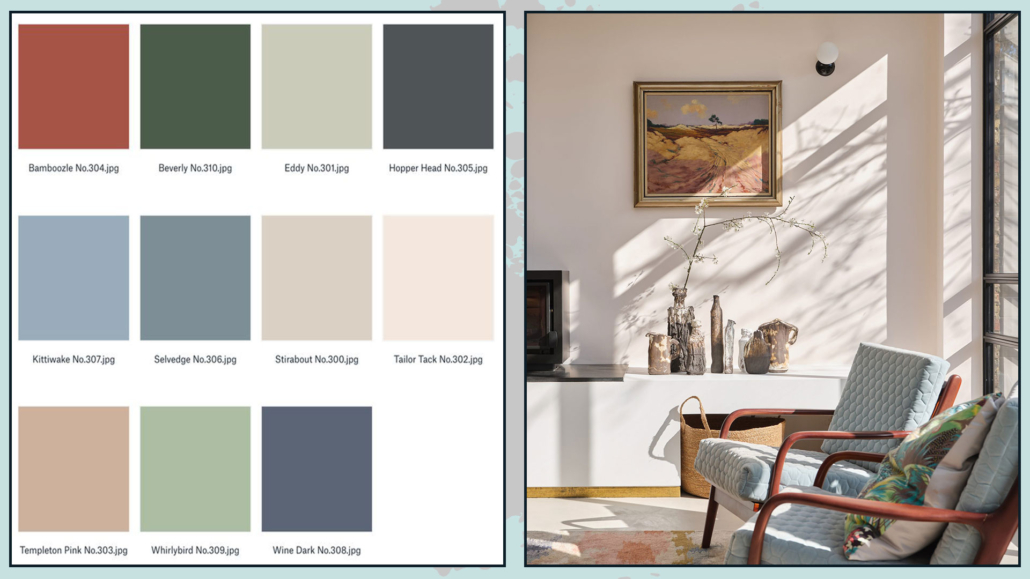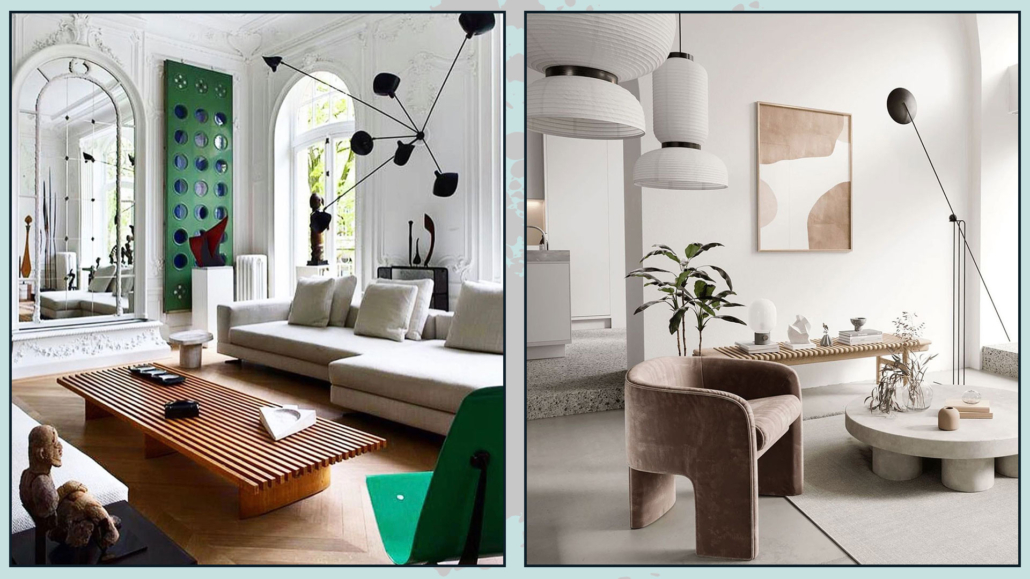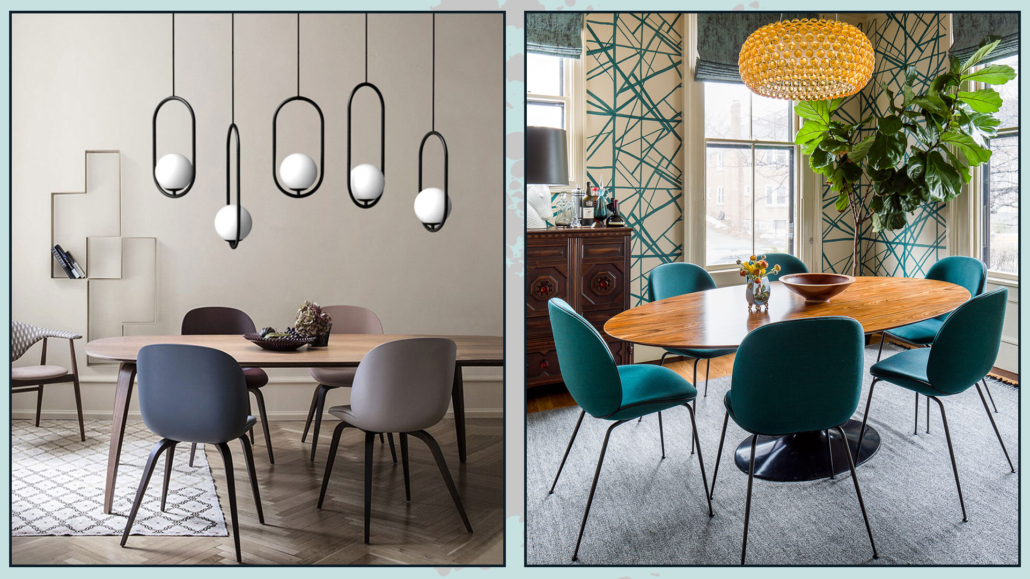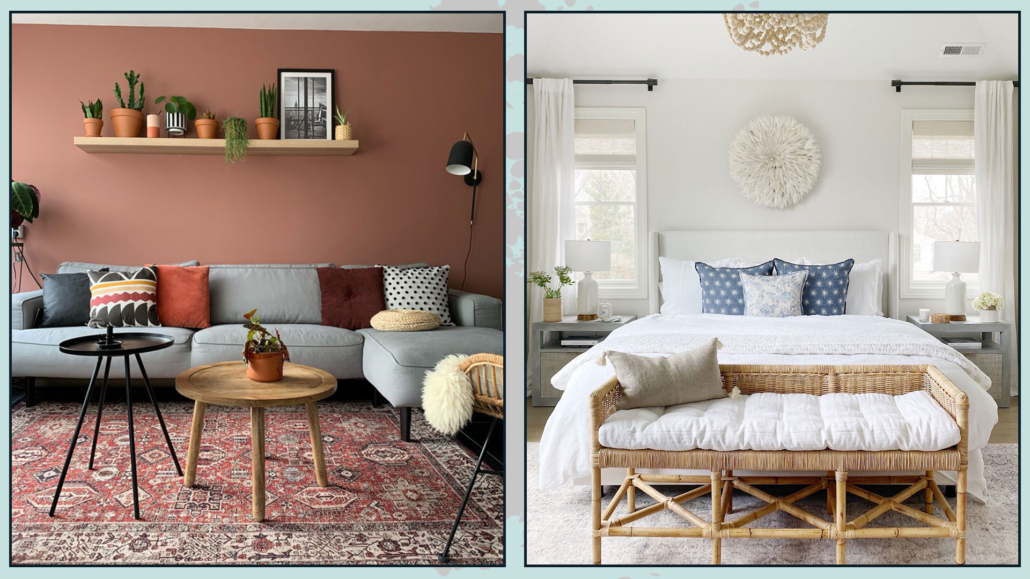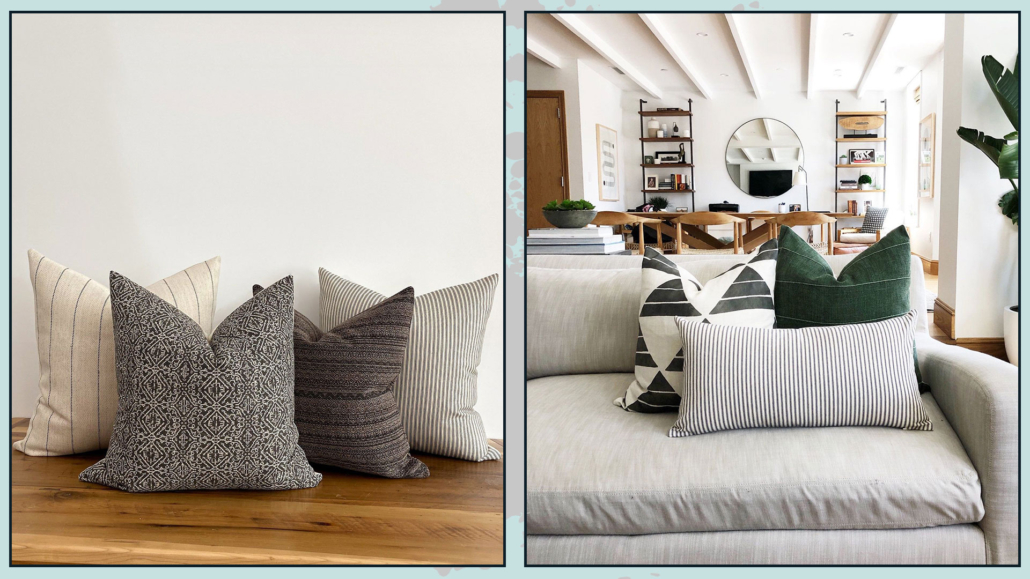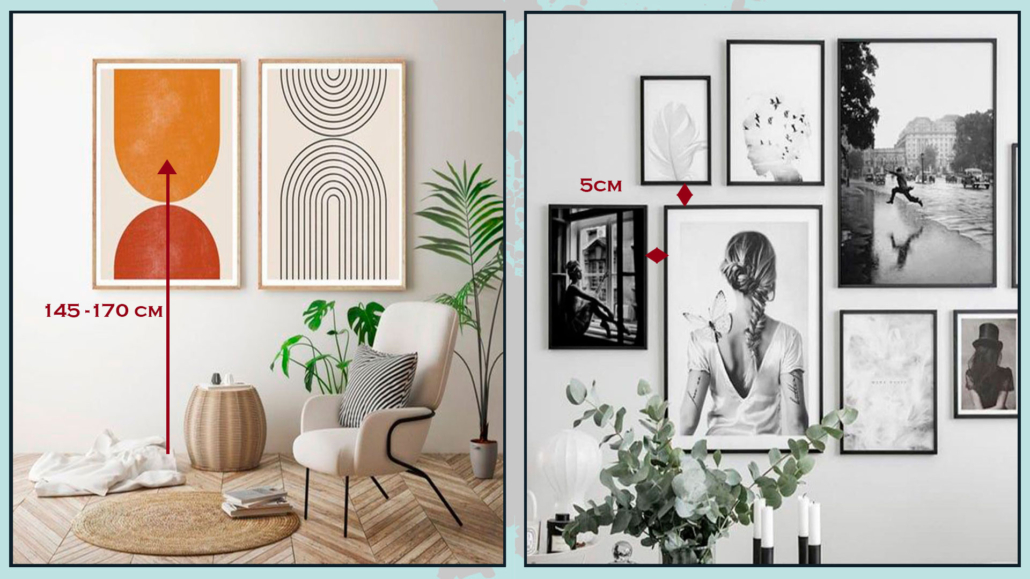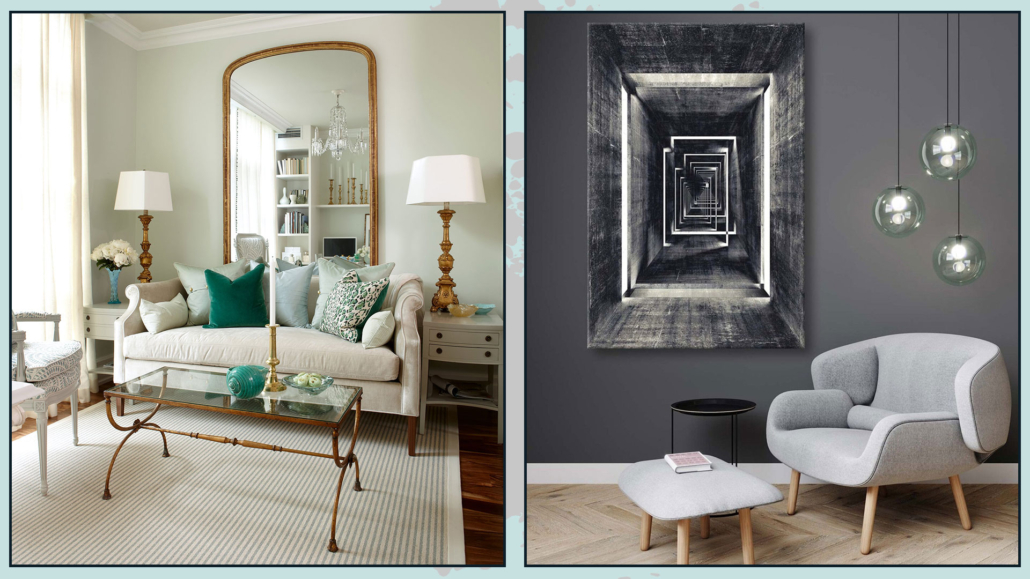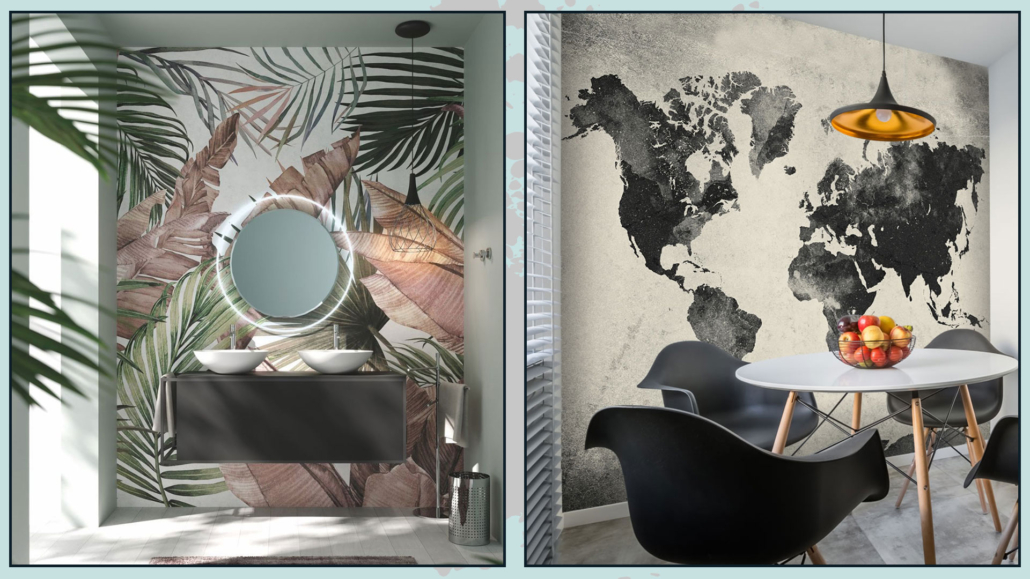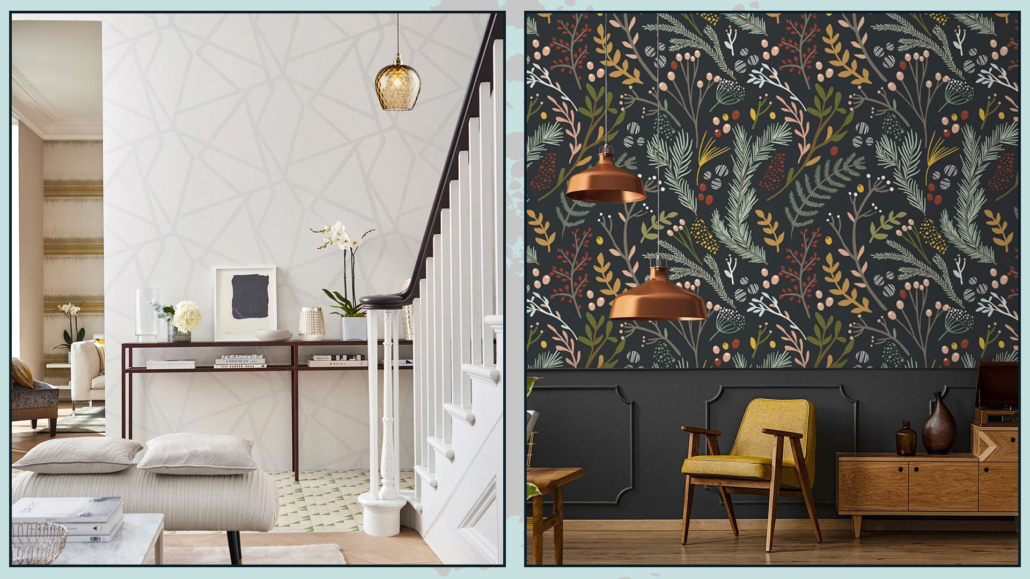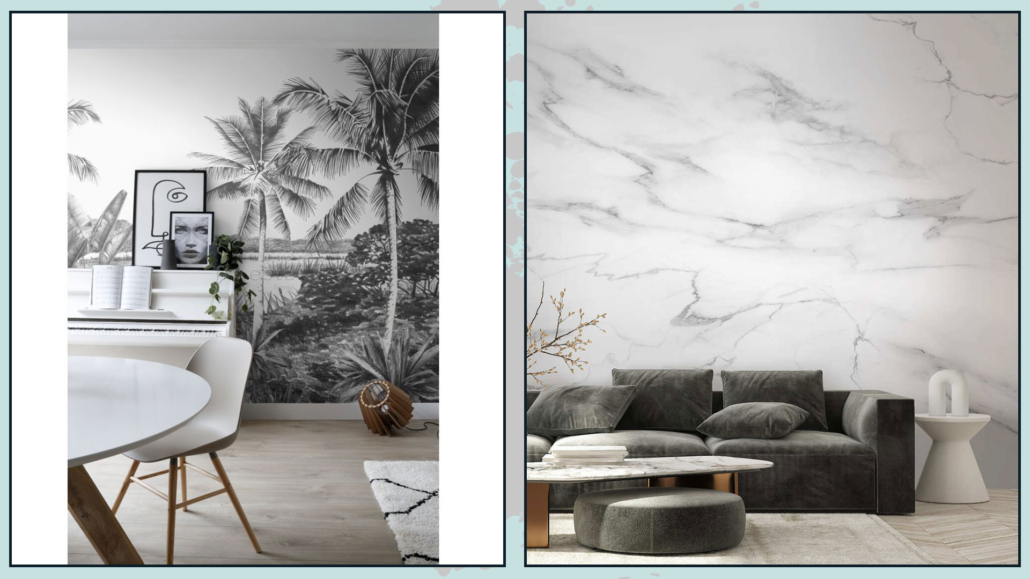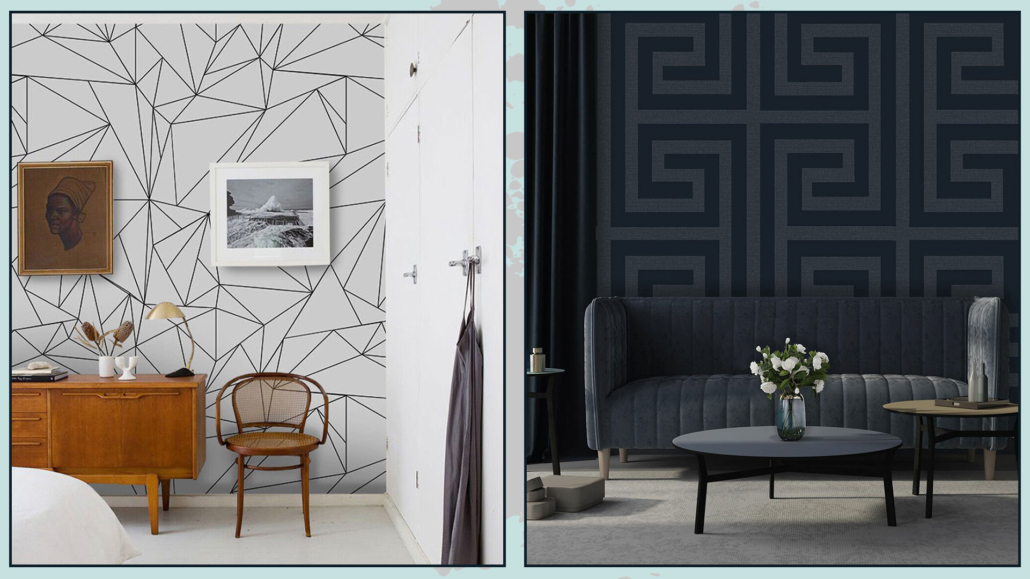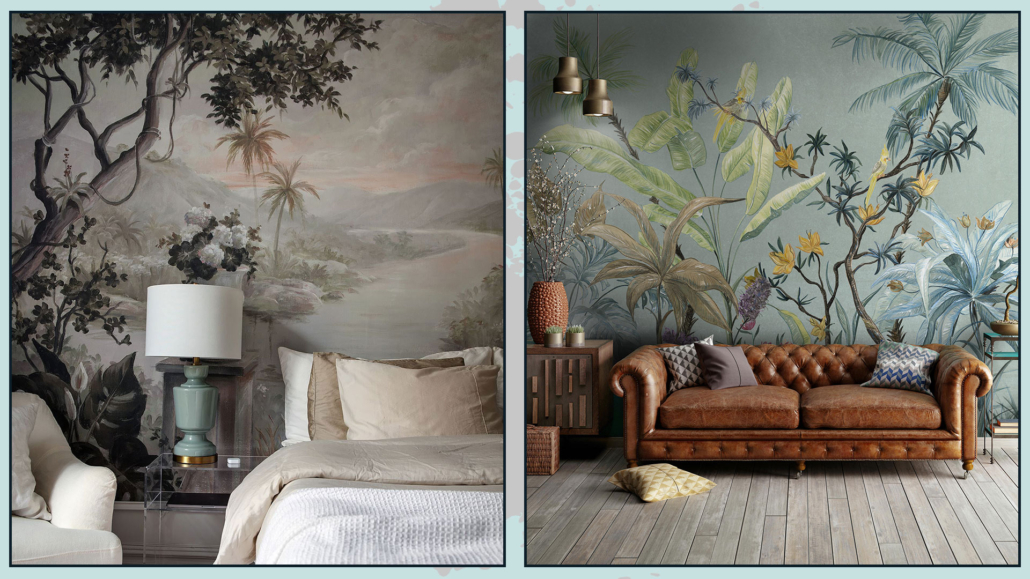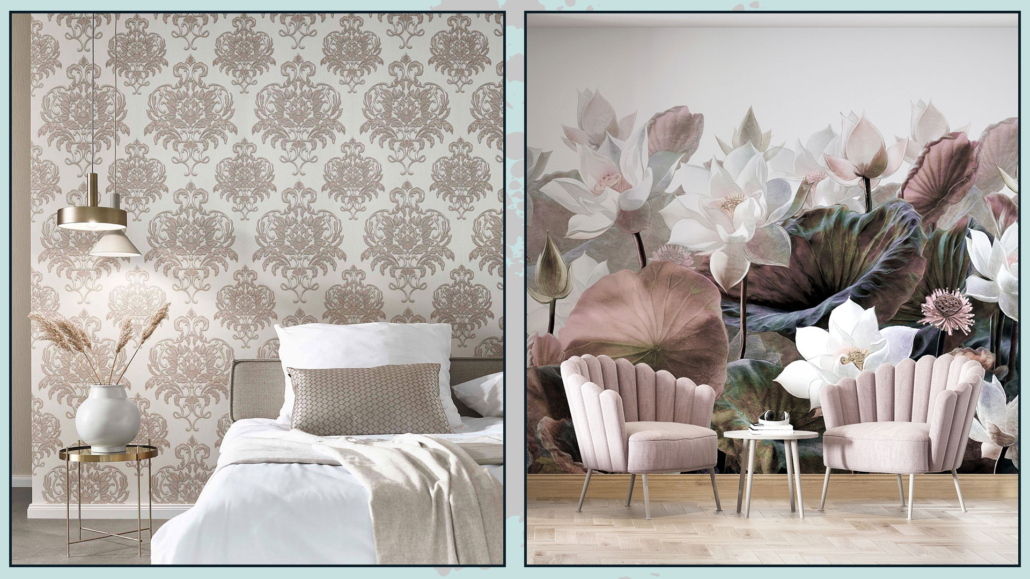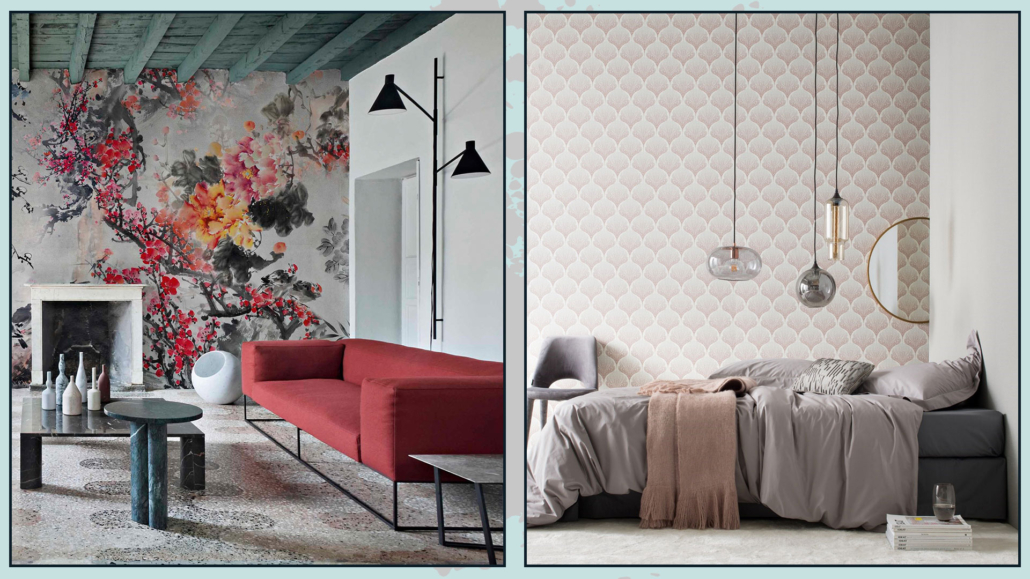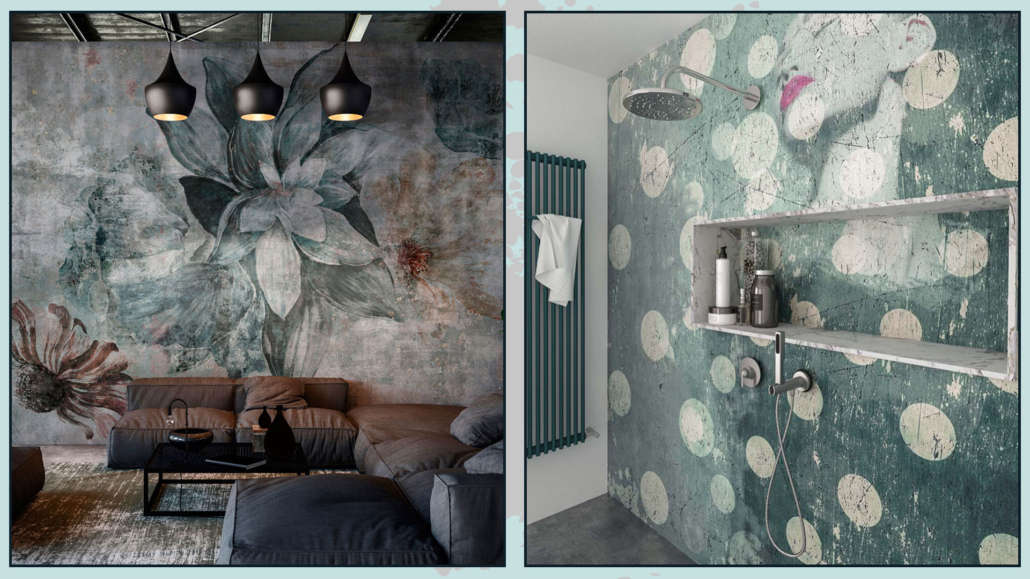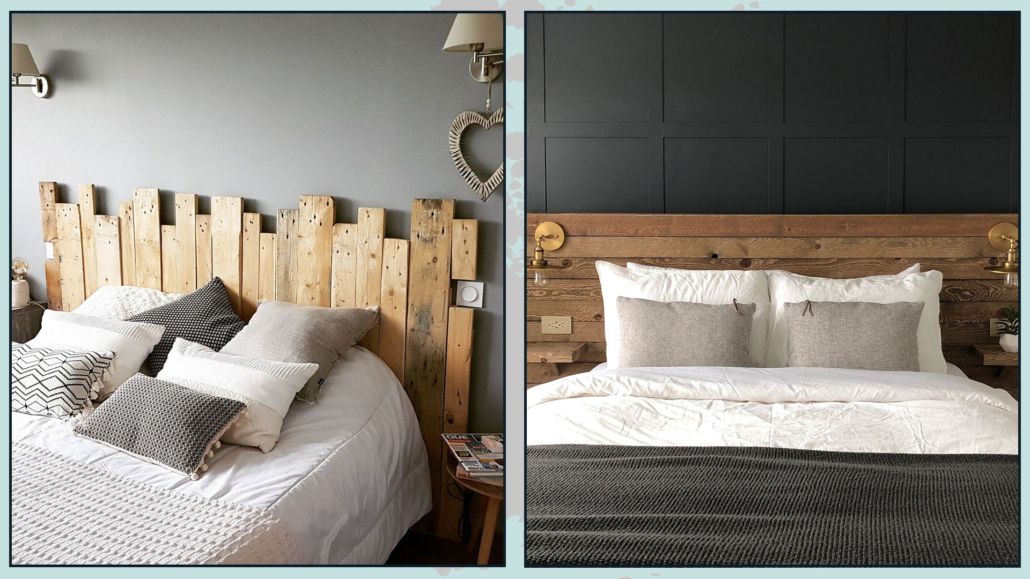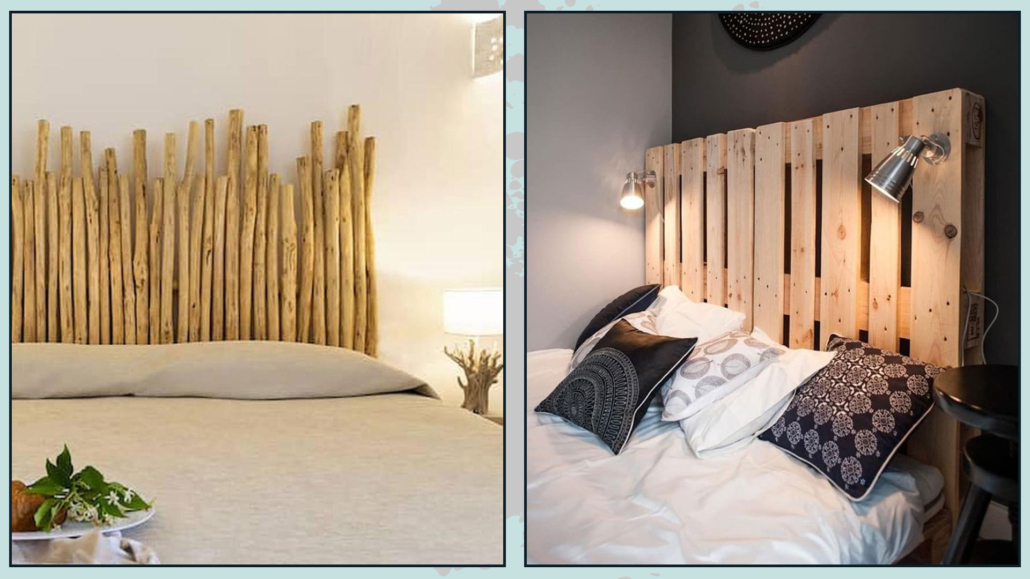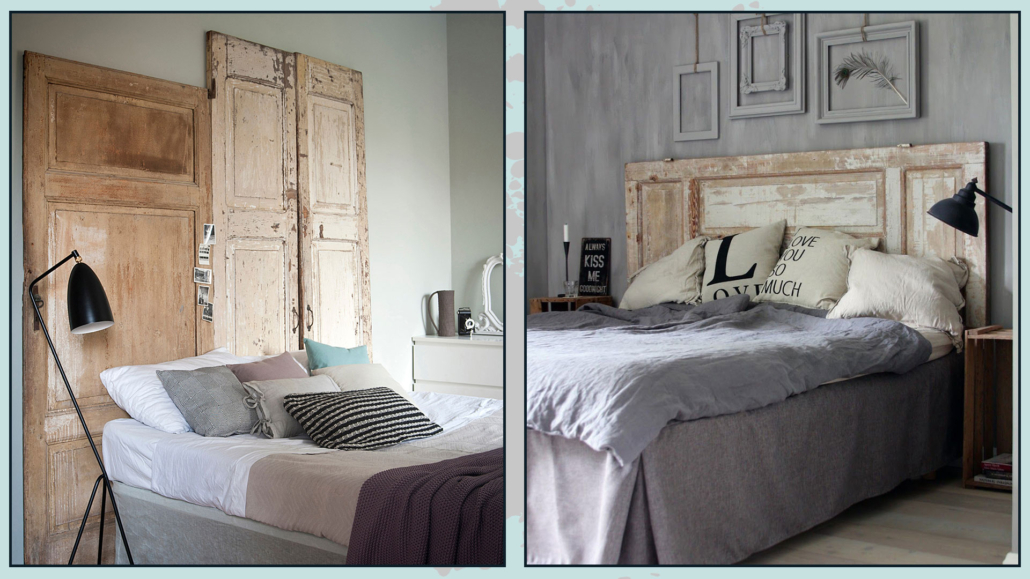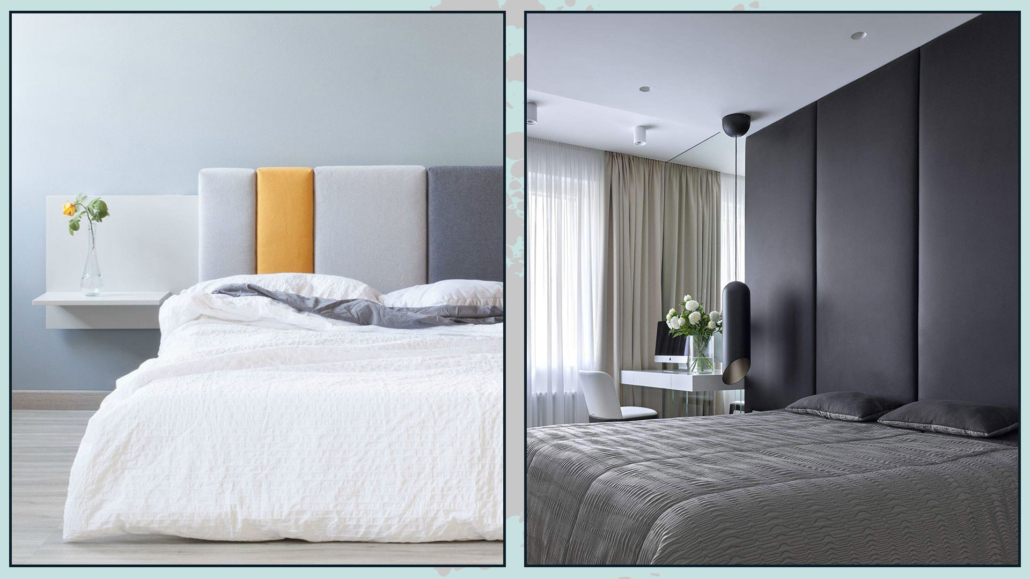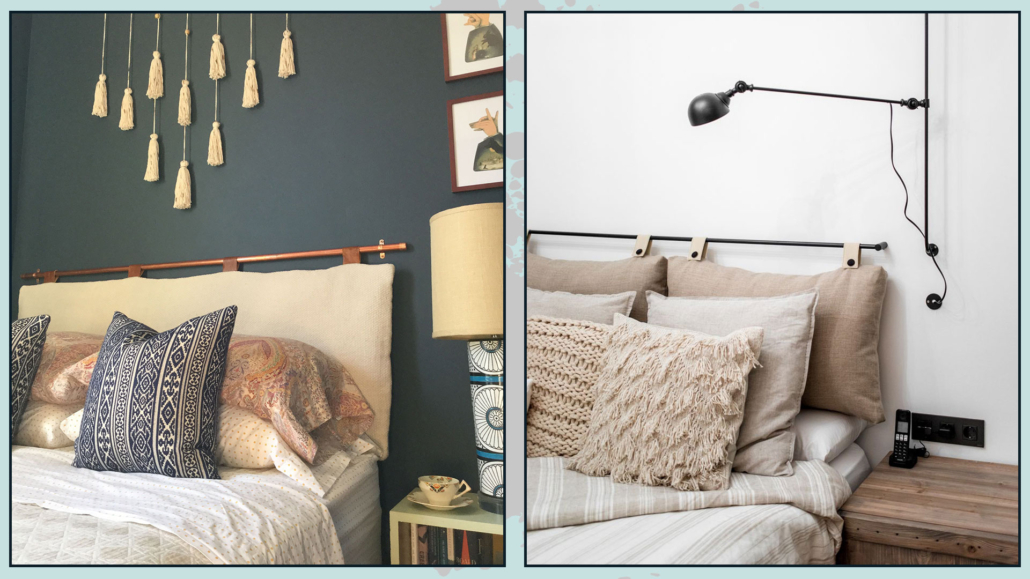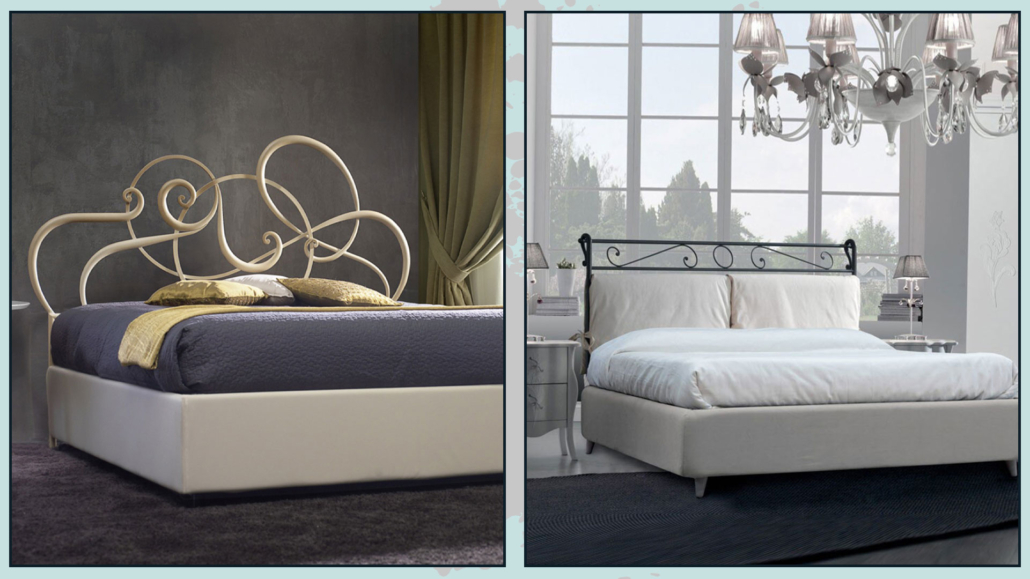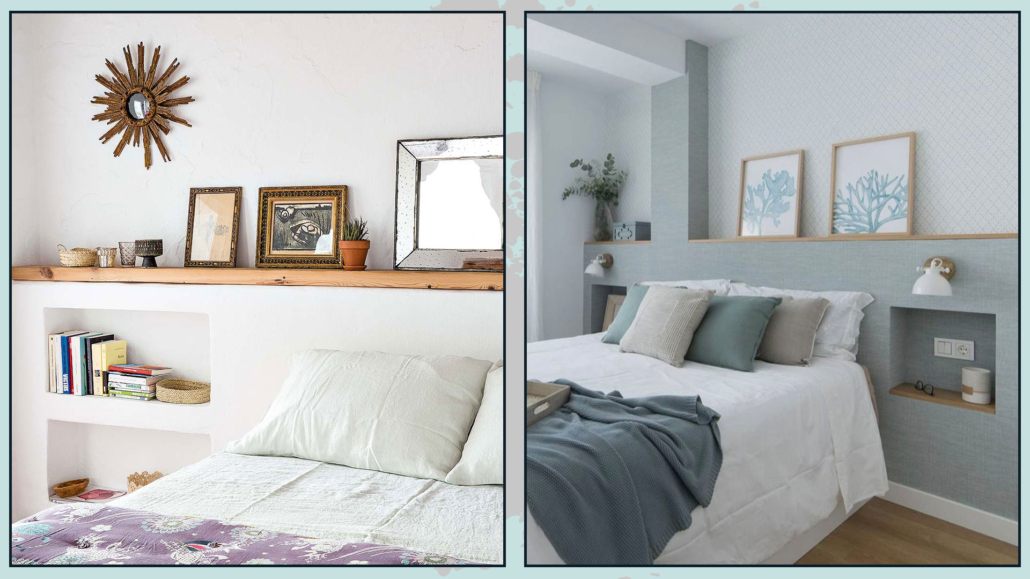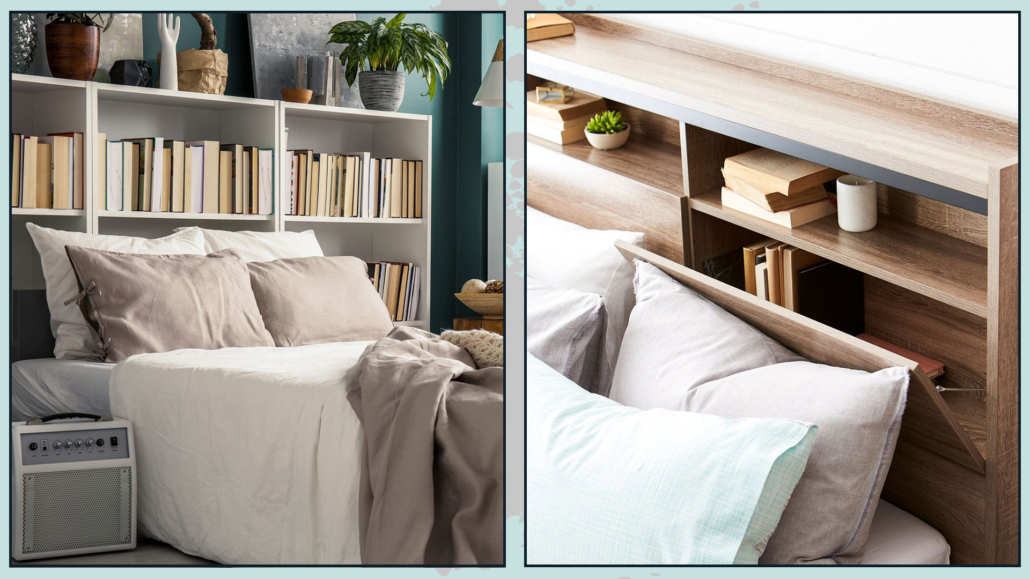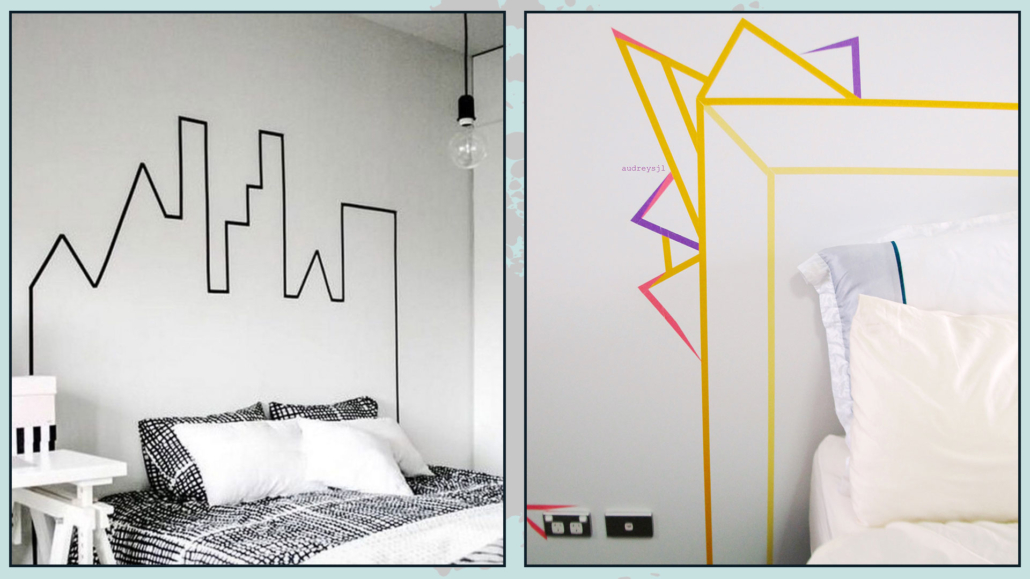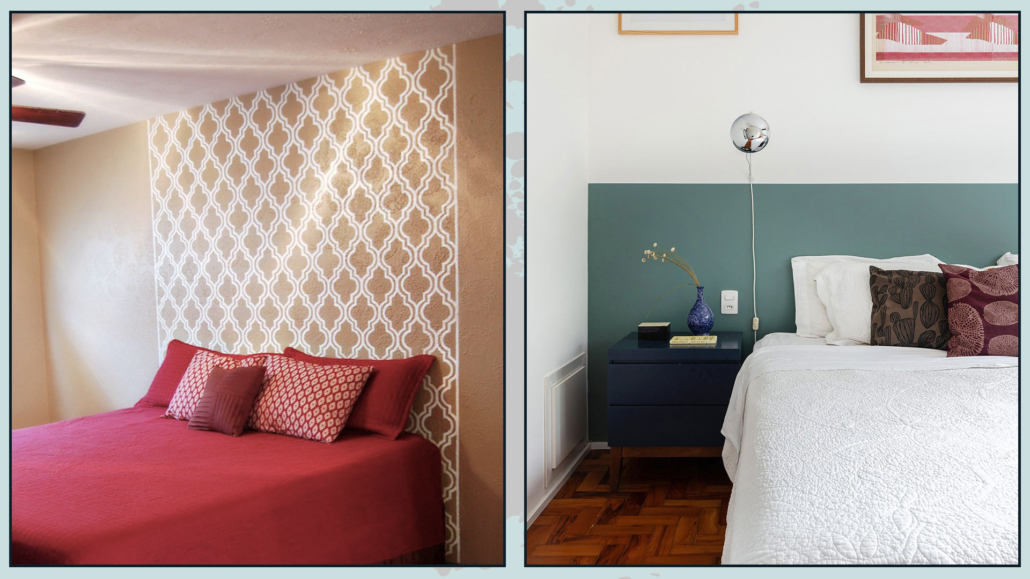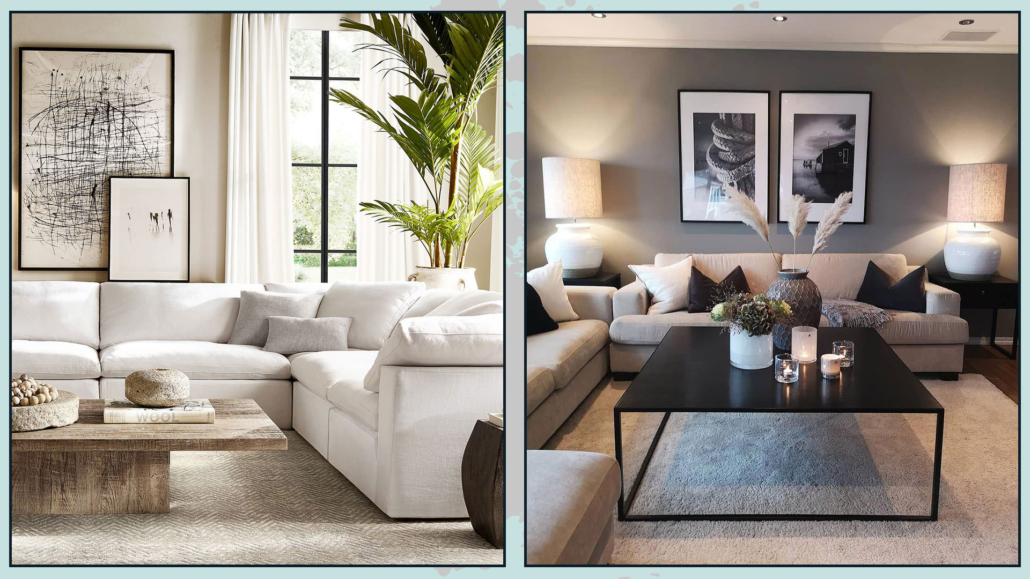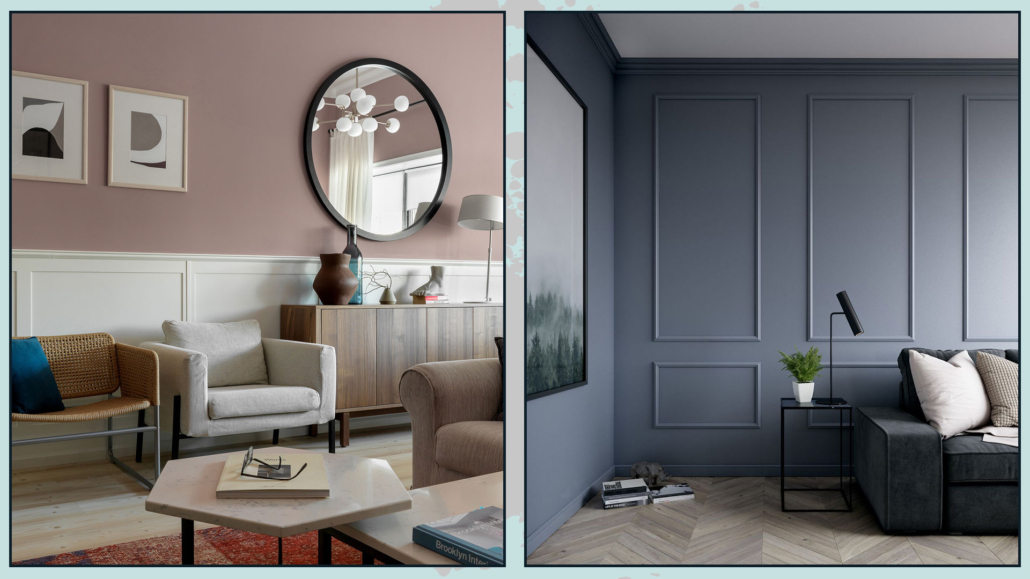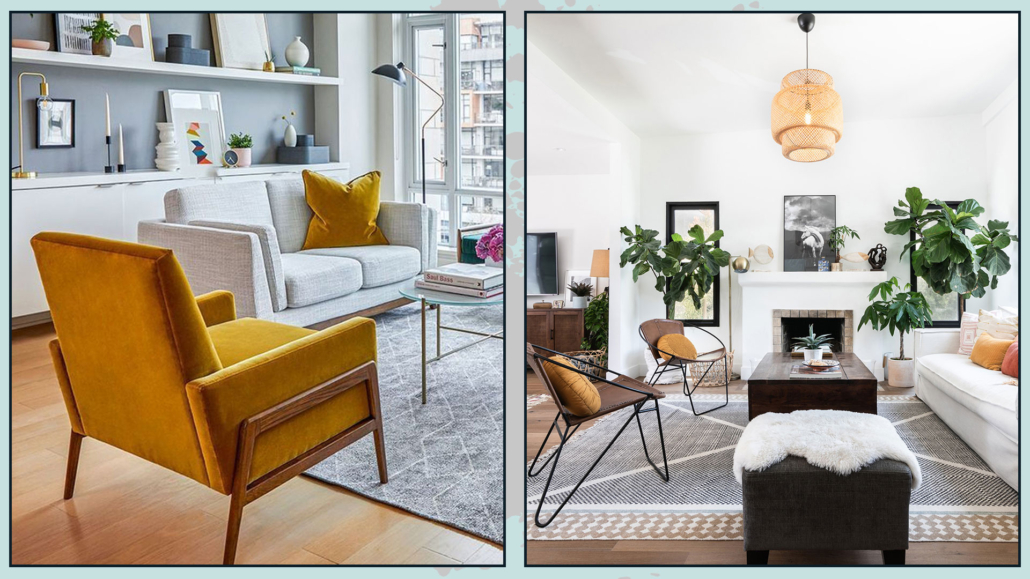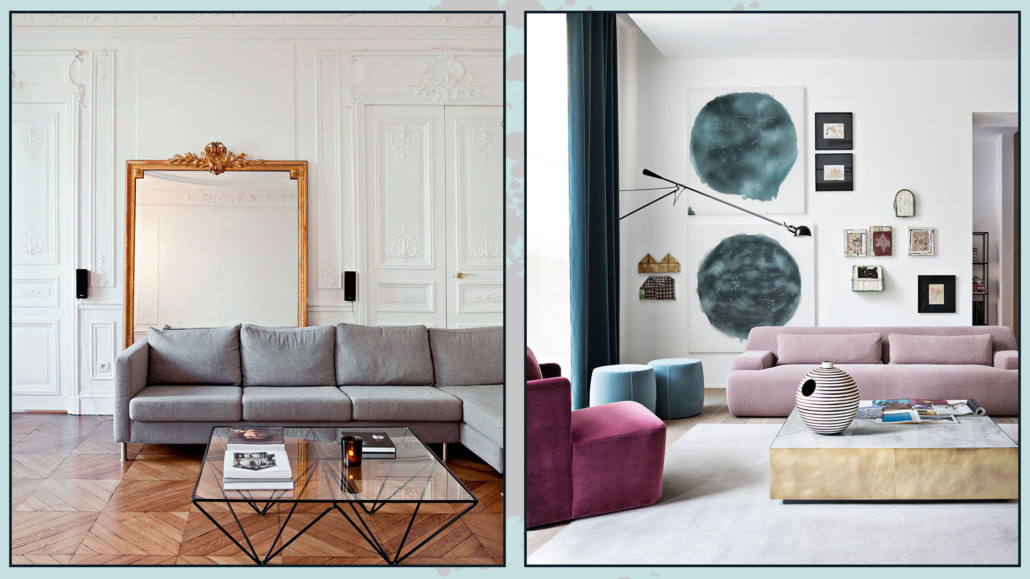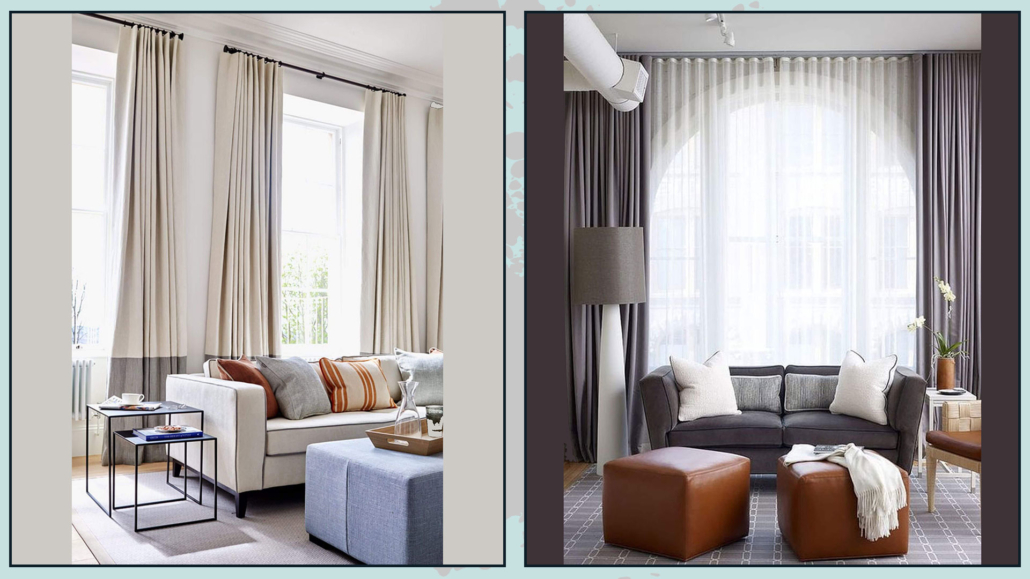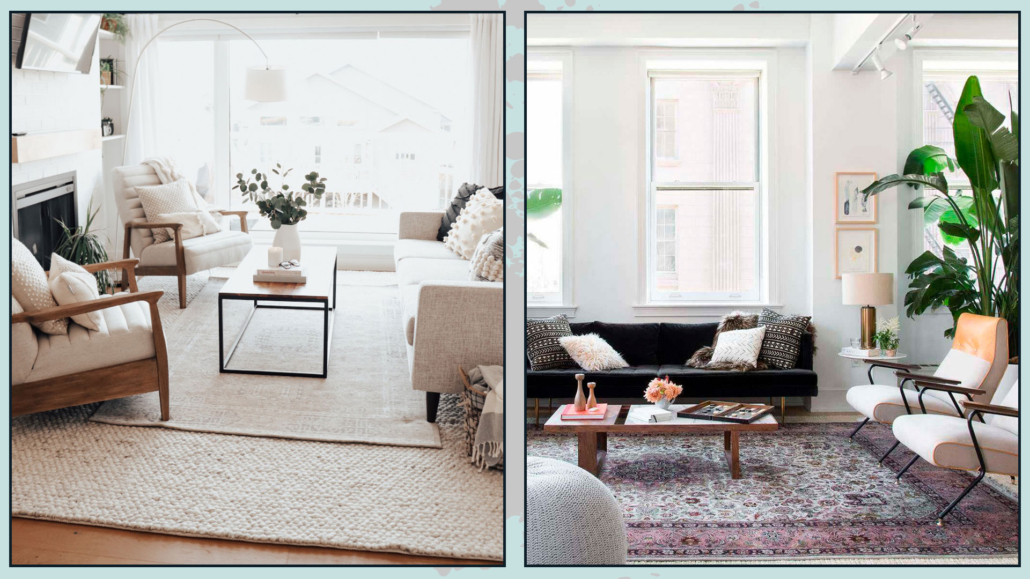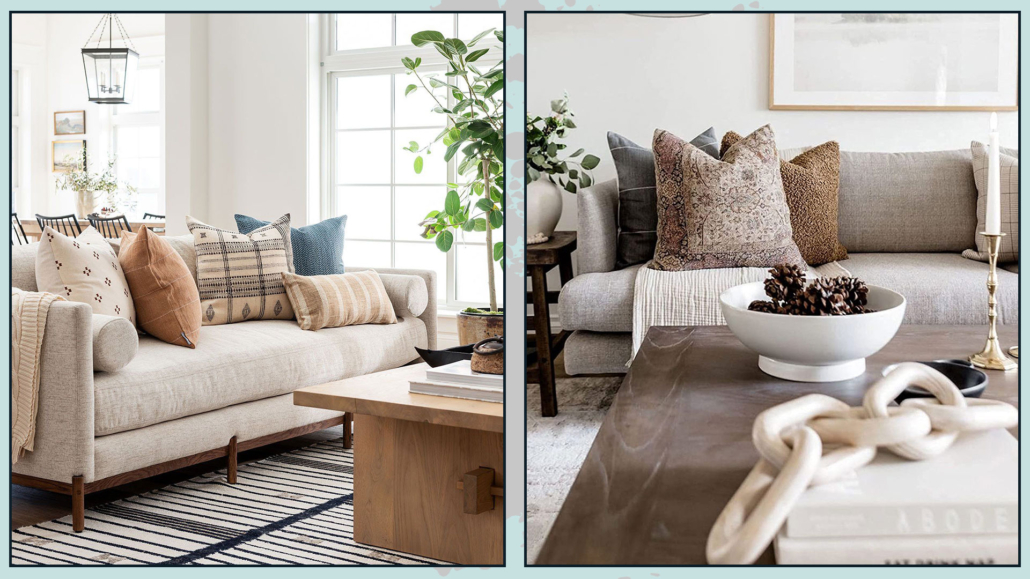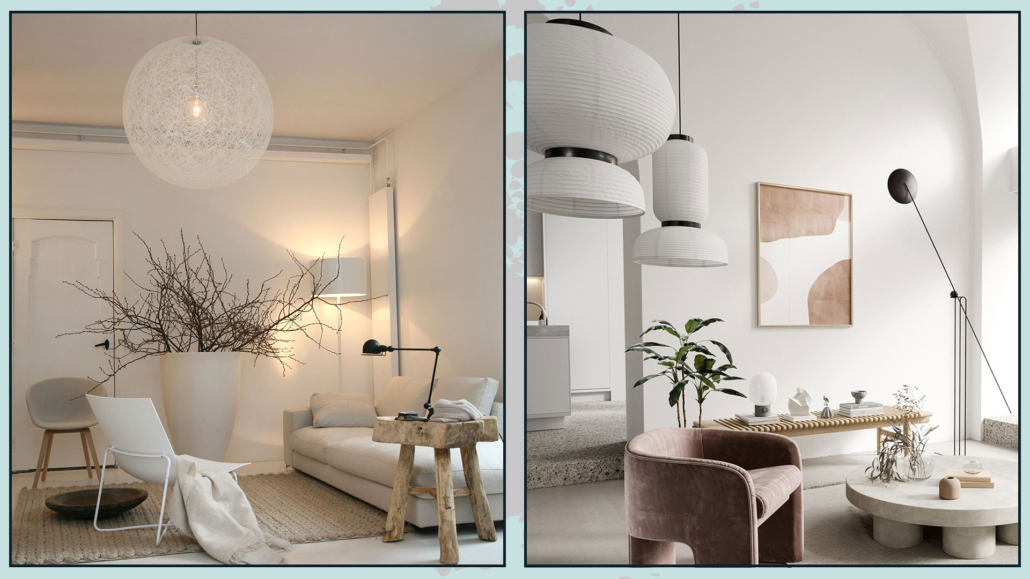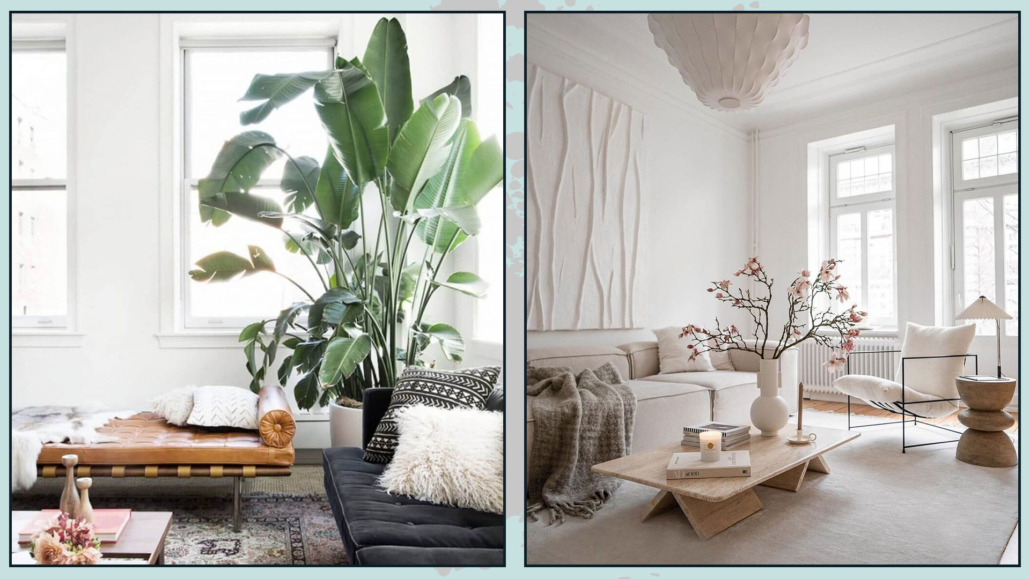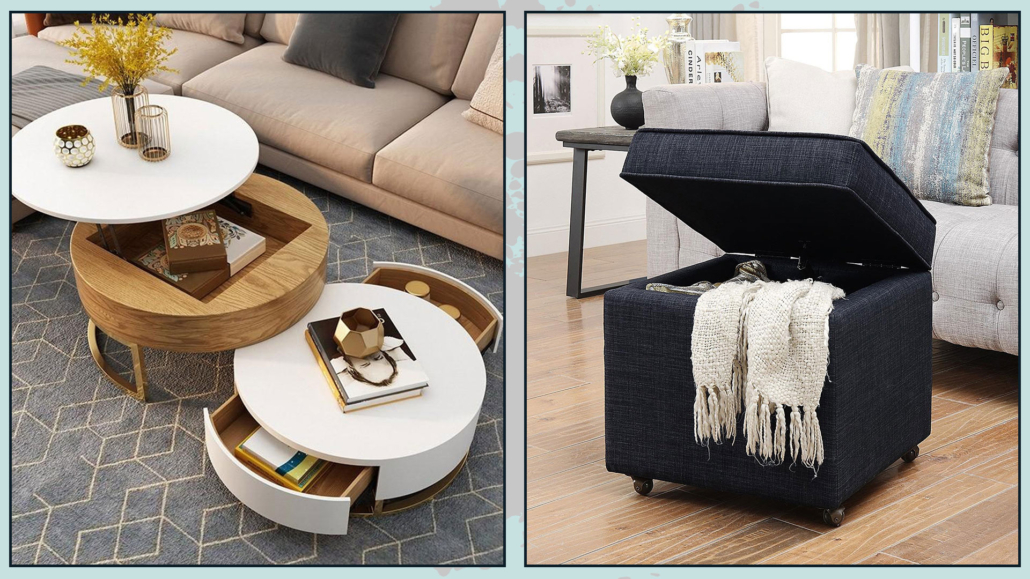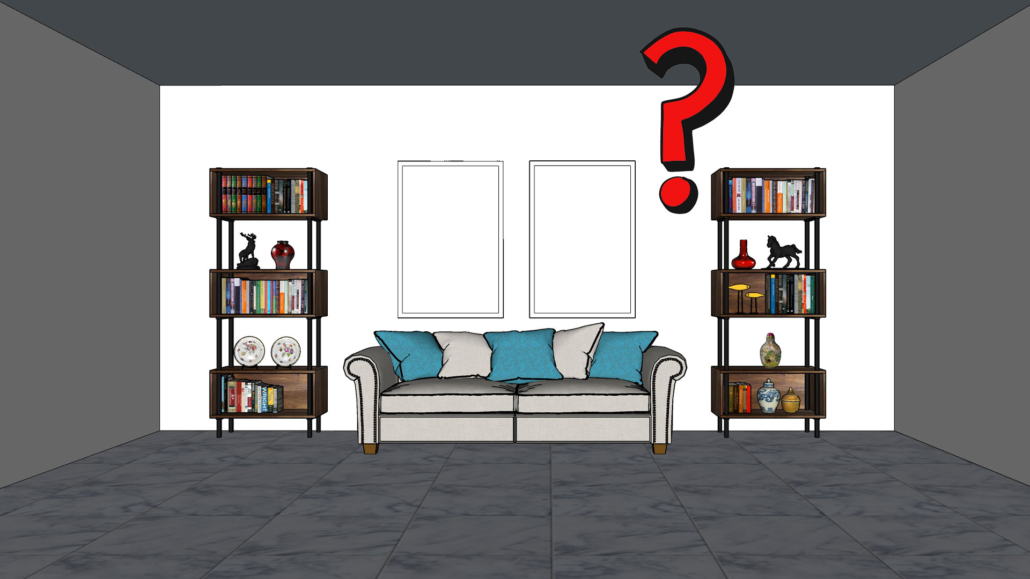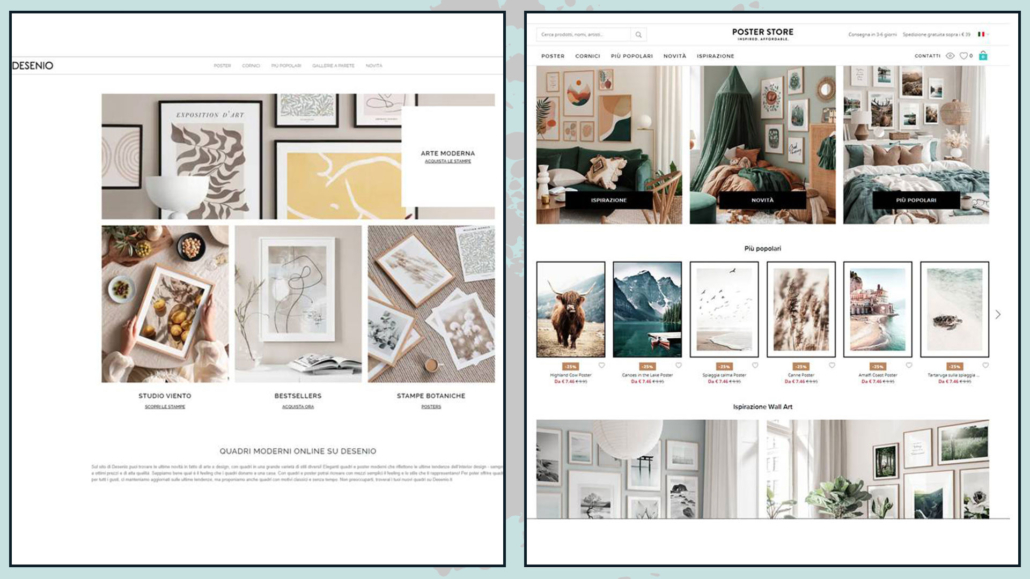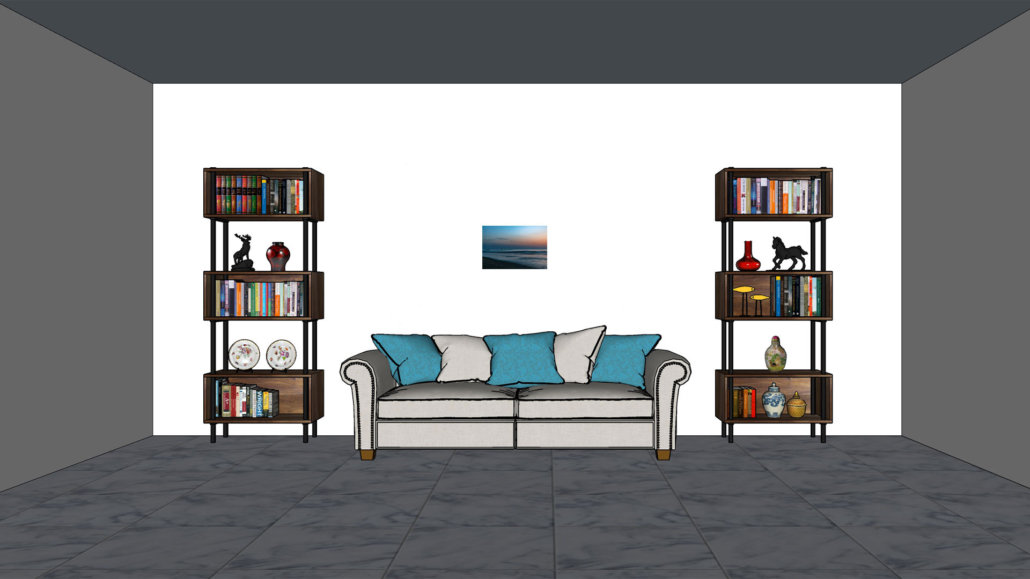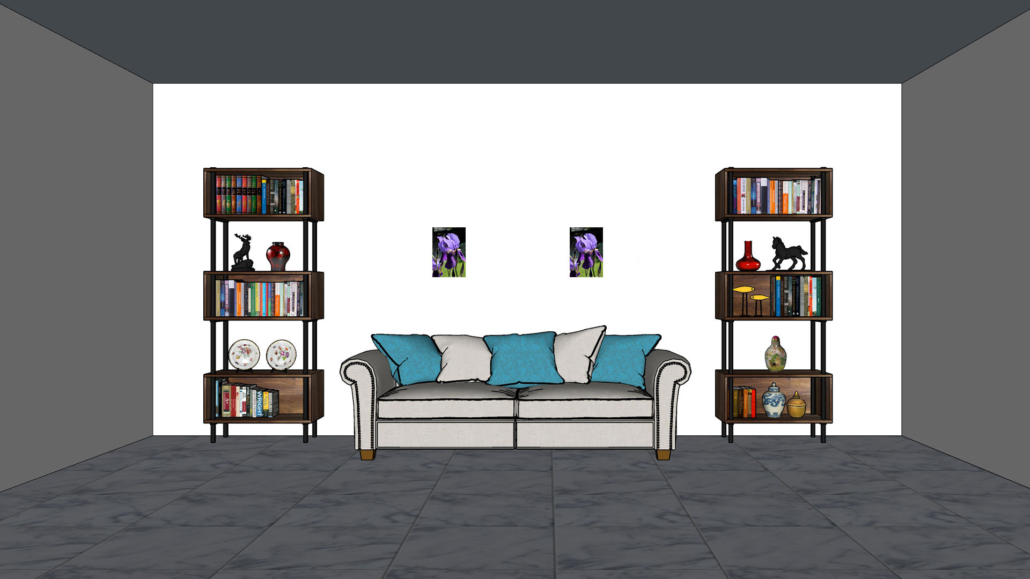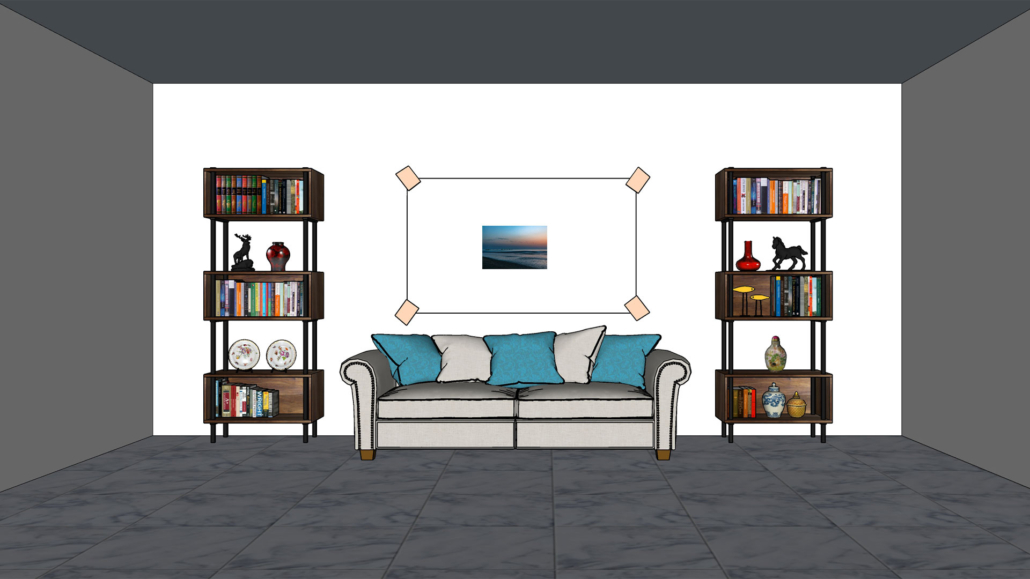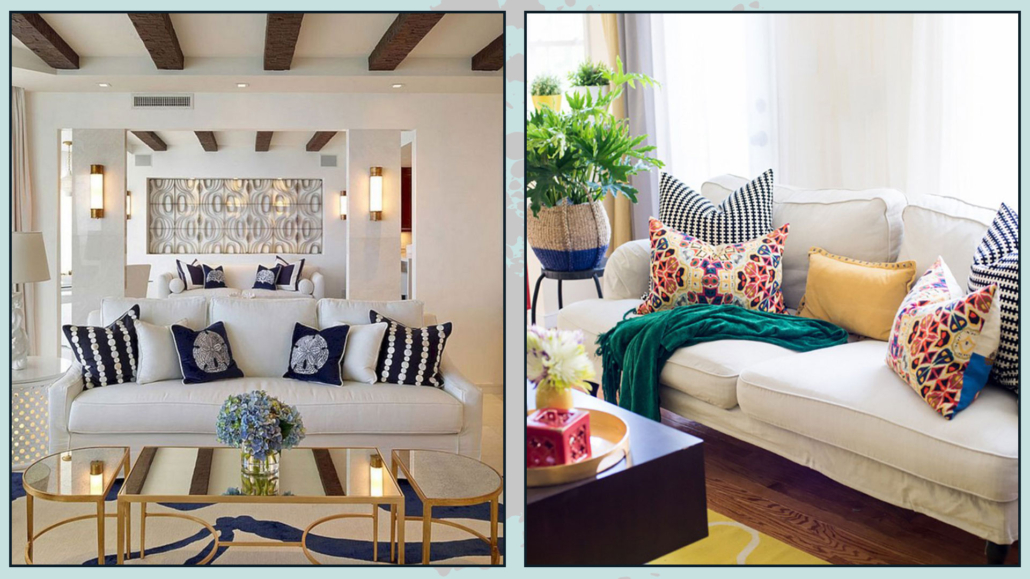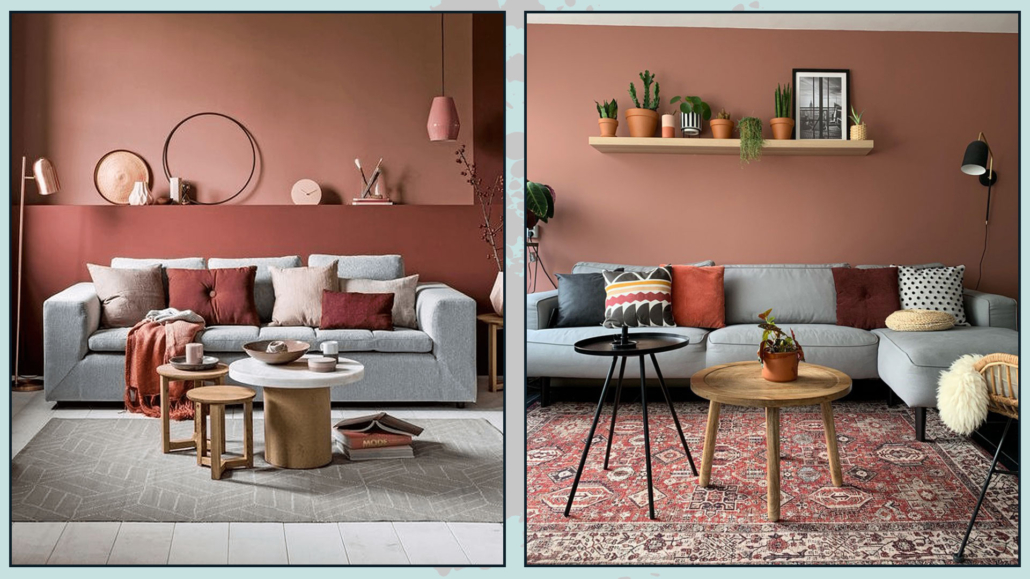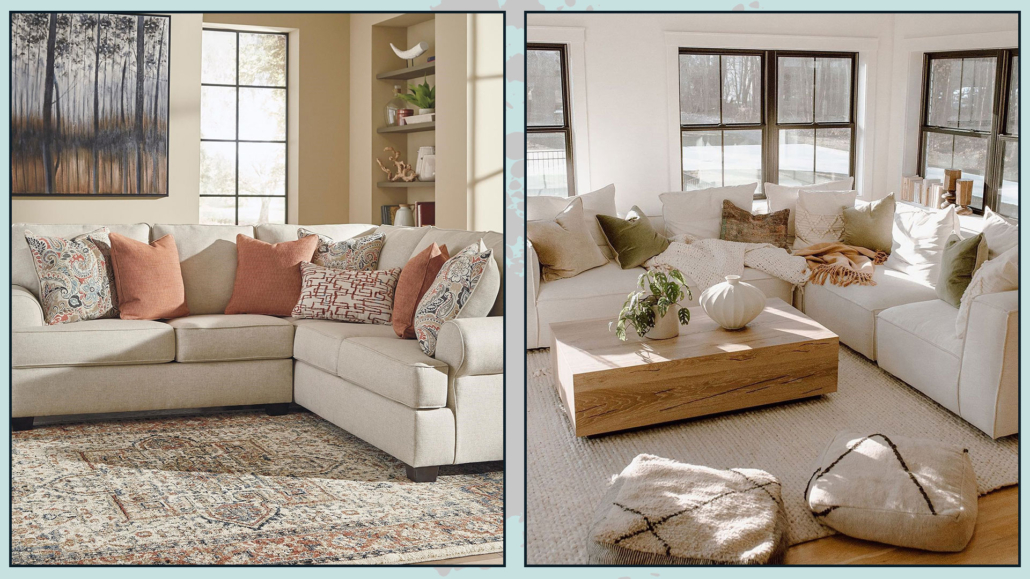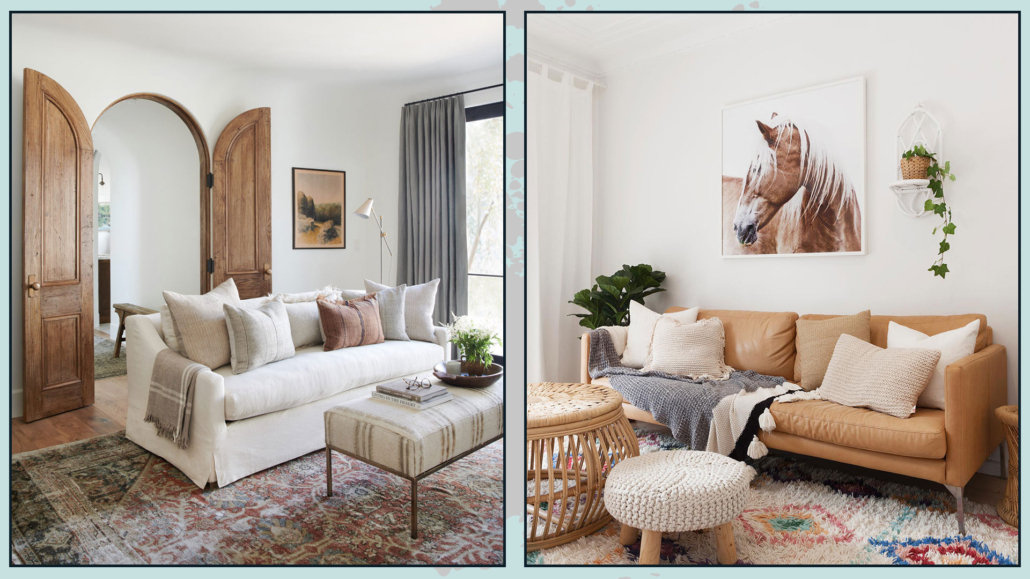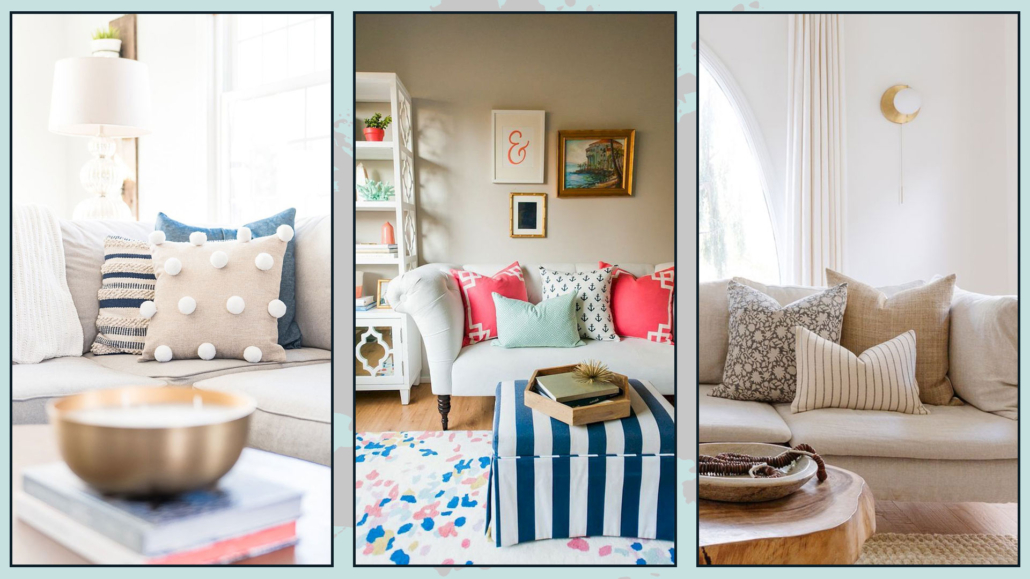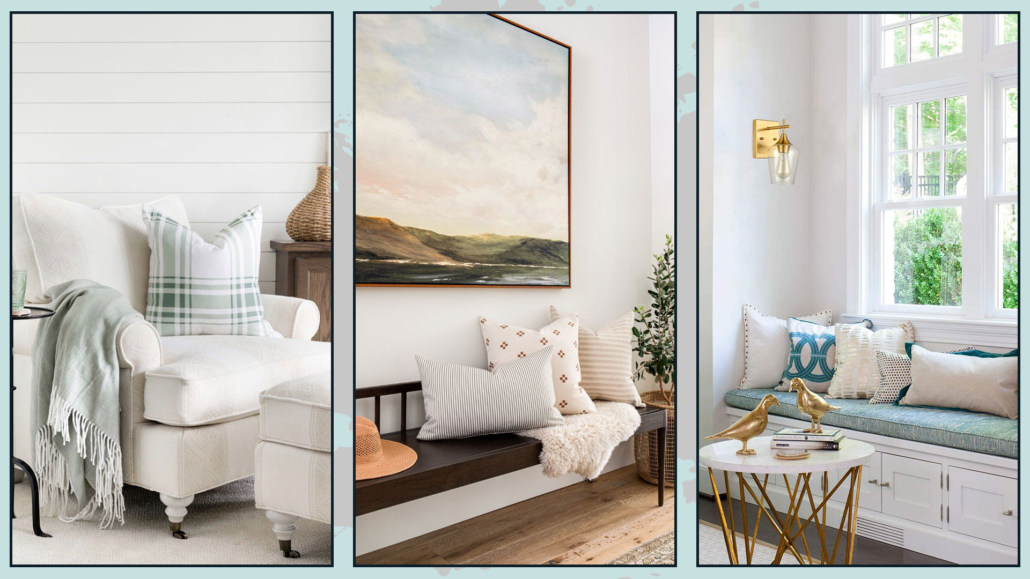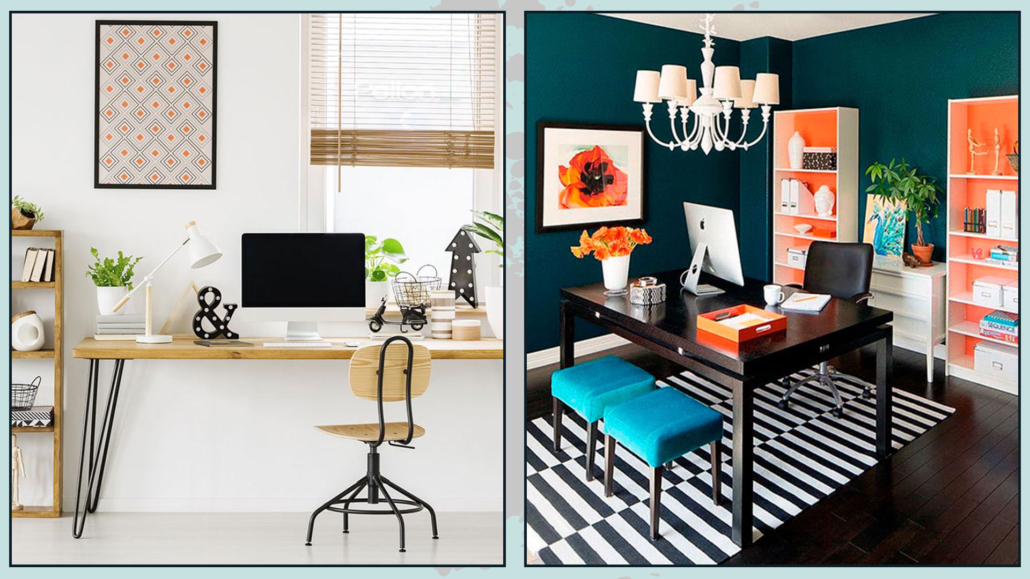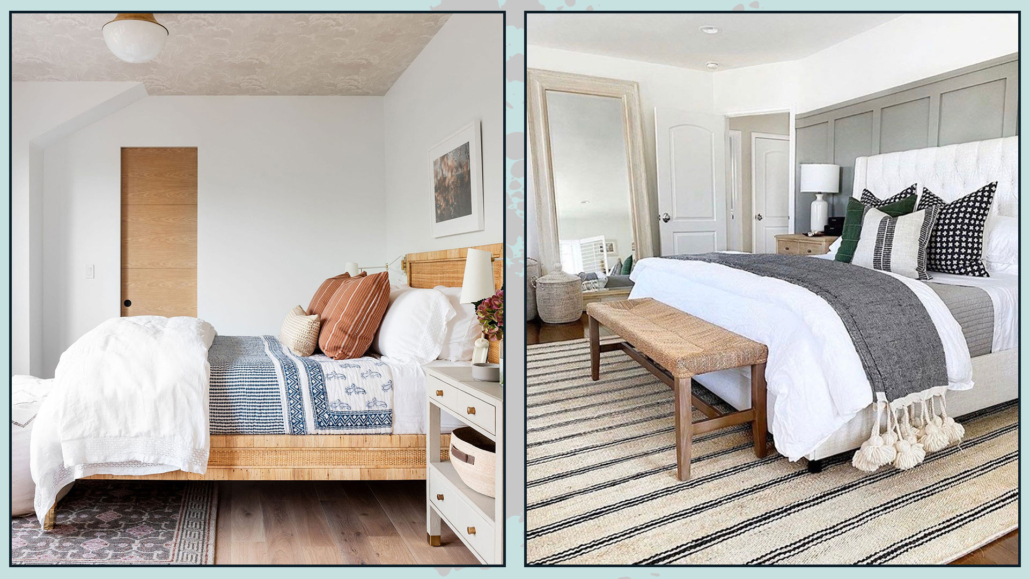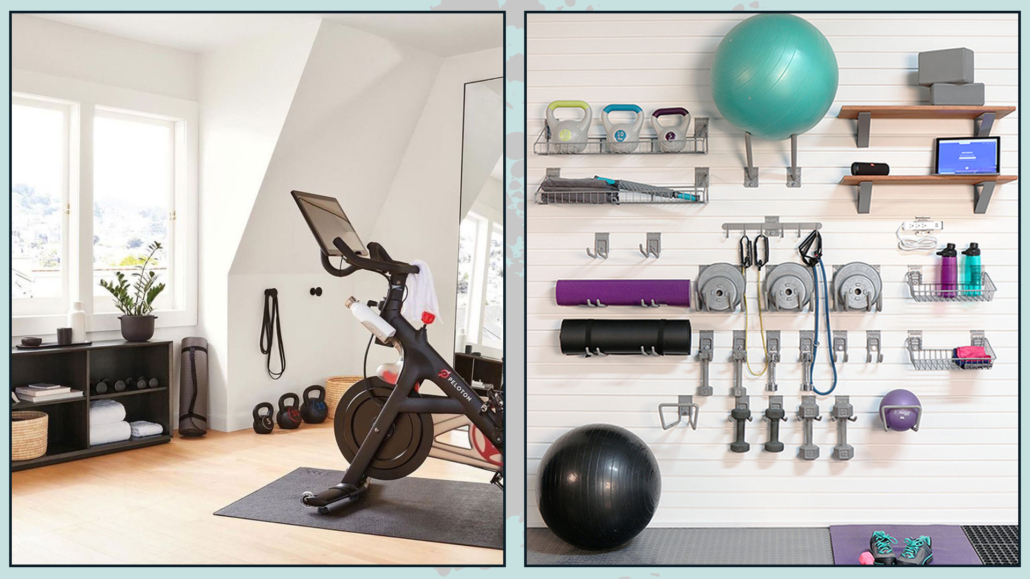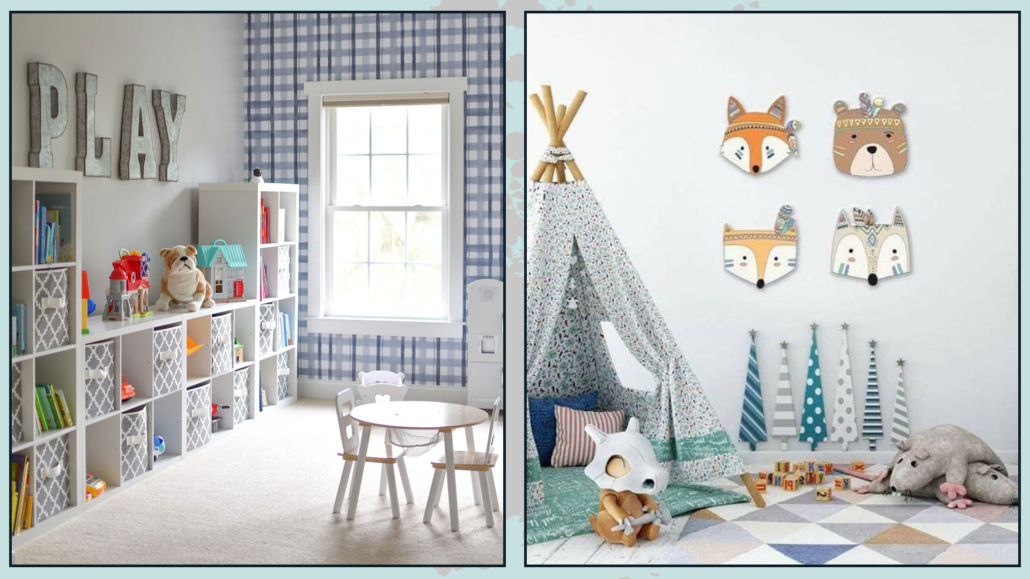Having a scented home is very important for one’s well-being; in fact, scents, like light and colors, act on our psyche, making us feel good or not.
We experience the home with all the senses, so also with the smell, and a scented home will elevate the perception of rooms by giving them a touch of style and sophistication.
So today, I’d like to see with you some ways to keep your house smelling fresh all the time; some of them will seem obvious, but I’d prefer to mention them anyway!
1 – ALWAYS VENTILATE
That may even seem trivial as far as being obvious, but changing the air by opening windows is the most important and the easiest thing to do!
It is paramount to do this daily, perhaps in the morning when the smog is not yet too intense.
Also, do it every time you have cooked; actually, it would be a good thing to keep them just open while you are cooking, in winter if you have windows set up, you can open them to flap so that not too much cold can get in, but smells can get out.
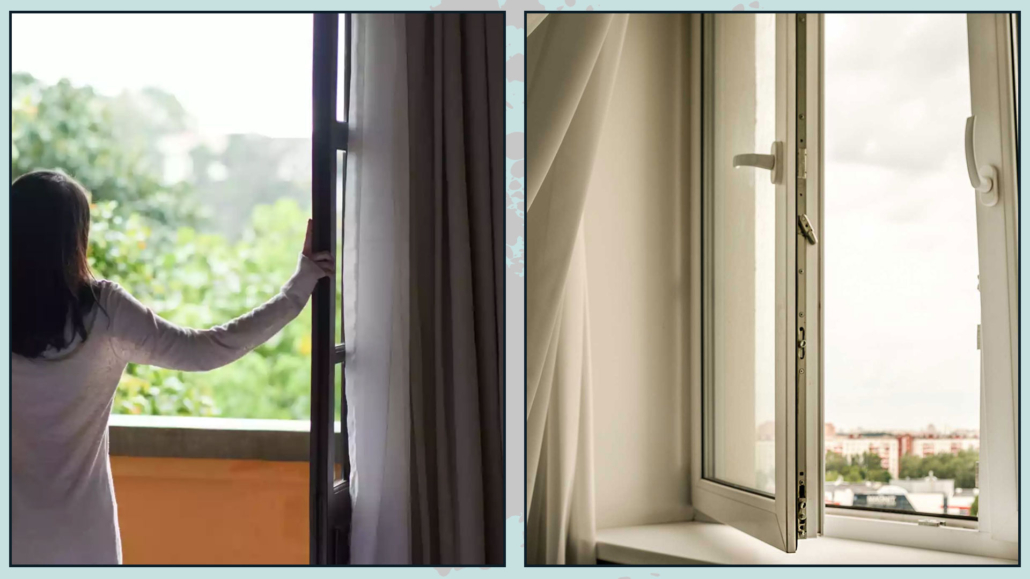
2 – ATTENTION TO HUMIDITY
The kitchen and bathroom are the two rooms where moisture is most likely to be created:
– in the former, especially when cooking;
– in the latter, either when showering or hanging out the laundry (for the lucky ones who have laundry rooms, the moisture will be created there!).
It is essential, here too, to ventilate because humidity brings some unpleasant smell and stale air.
Another small caution is to pick up the laundry when it is fully dry because if it is even a little damp, this moisture will give the clothes an unpleasant smell instead of a good scent.
In the closets, it is also advisable to put bags of dried lavender or Marseille soap flakes, it will scent the laundry even more, and the scent will invade the room whenever you open the doors and drawers.

(credits: casa e giardino; giocandles.com)
3 – NEUTRALIZE BAD ODORS
Unfortunately, many things can leave unpleasant smells in the house; earlier, I mentioned cooking and moisture, but there are really many others: shoes, garbage, dirty dishes, and pets…
When you arrive home and take off your shoes, it is a wise idea to let them air out on the balcony for about ten minutes and then store them in shoe racks or boxes, thus preventing them from leaving odor around.
For the same reason, always taking out the garbage bags and cleaning the bins, as well as the refrigerator, dishwasher, and washing machine become paramount to having a scented home.
For those who have pets, it becomes a priority to frequently clean the kennel or cage, change the sand in the litter box, and pick up the food bowls when finished because these are all things that leave unpleasant odors, you may not smell it anymore, but any guests will.

(credit: Dana Miller)
4 – CLEAN FABRICS FREQUENTLY
That may be something we pay a little less attention to, and if we change the bedclothes often, maybe we don’t do the same with bedspreads, curtains, pillow slipcovers, etc.
All fabrics you have in your home absorb odors and release them in turn!
So here is why washing curtains, blankets, pillows, slipcovers, etc., frequently becomes essential to have a home that always smells good!
That also applies to rugs and sofa covers; actually, the latter should be bought with removable covers for this very reason.
I know it is a bit tedious and time-consuming work: however, it could become a great opportunity and excuse to change the face of the house!!!
You could, in fact, having a removable sofa, take a second cover of another color or material, the same for the curtains, pillow slipcovers, blankets, bedspread, etc…
Every time you have to wash them, you could change them!
By doing so, you will not have to stay with a “bare” house due to the time of washing and drying, and precisely you will have environments that change often!
That might make this cleaning a little more fun!
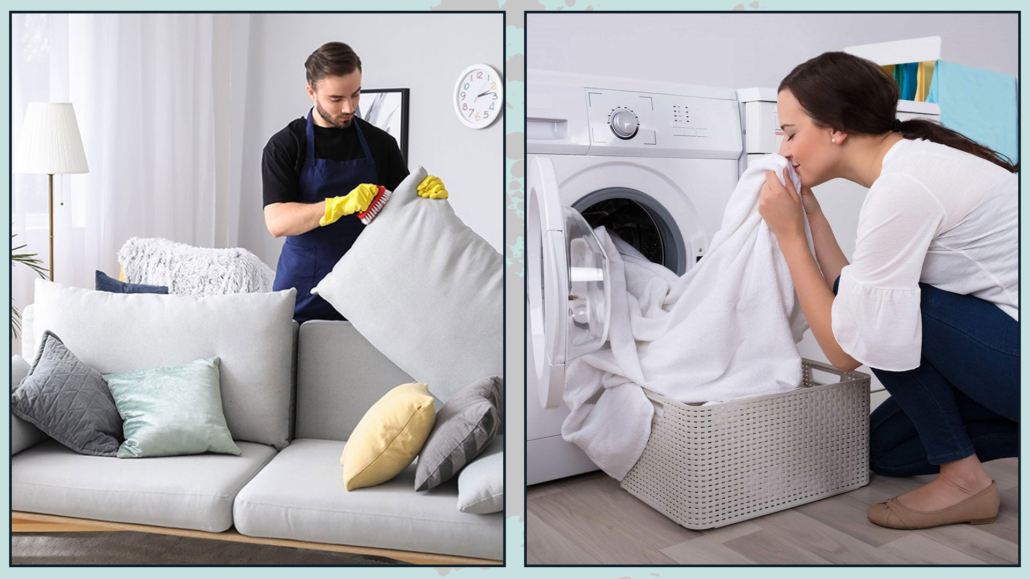
(credit: marbec.it)
5 – PLANTS, FLOWERS, AND ESSENCES
There is nothing better than plants and flowers to scent the house!
Of course, we have said many times it is not always possible to have fresh flowers in the house, some do not like them, but there are some effective tricks!
The first is to have bowls of potpourri, to change frequently.
Or to create compositions of fake flowers on which to put two drops of essential oils every now and then!
For the kitchen, it will suffice to have a few jars of herbs that will give off their wonderful fragrance.
For the bathroom, I’ll give you a cheap and super effective little tip, put a few drops of essential oil inside the toilet paper roll: try it to believe!!!
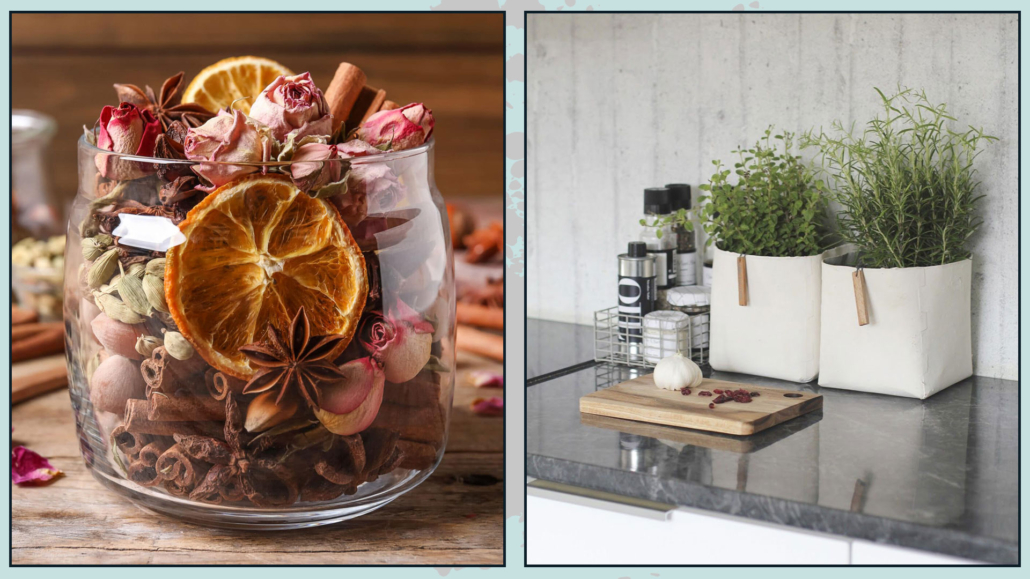
(credits: littleyellowwheelbarrow.com; living.corriere.it)
6 – PERFUMERS AND CANDLES
Last but not least, use perfumers and candles!
You can find candles of all scents and shapes on the market!
That will not only smell good but also create atmosphere and give warmth to the room!
Then, of course, as just mentioned, there are also perfumers, and, again, there are many kinds.
There are burners, the terracotta ones, at the top of which you put oils that evaporate because of the candle underneath.
These, like candles, also give that extra touch because they create a little atmosphere.
Then there are essence diffusers: those that keep in the plug and the ultrasonic diffusers that give off fragrant vapor.
Finally, there are room sprays.
My advice is to keep the scents the same in the various rooms to avoid mixing too many fragrances that might then annoy!
Better to change fragrance every now and then than have different scents at the same time!
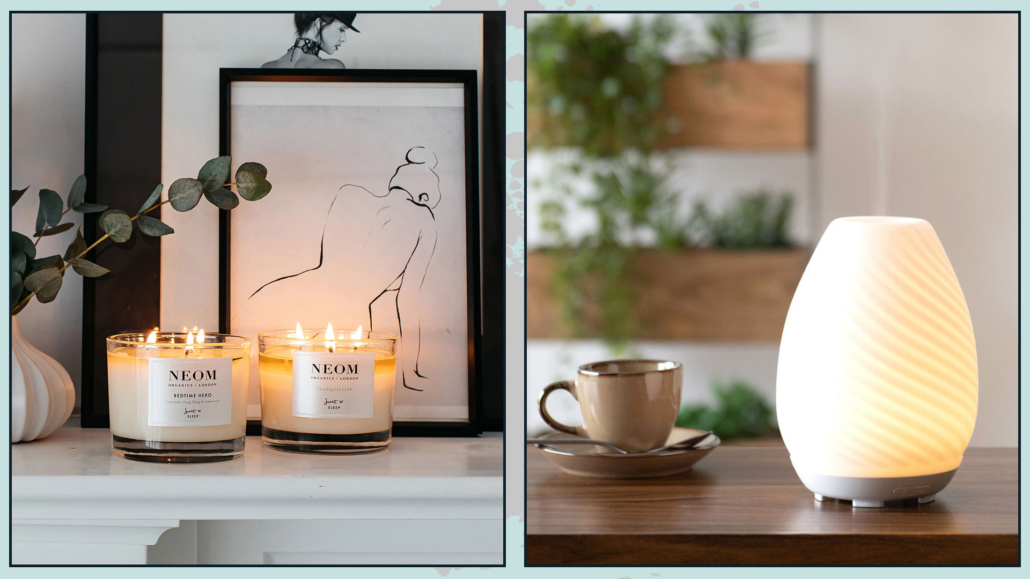
(credits:charmeandmore.it; maisons du monde)
I hope this article with tips to have a scented home was helpful and you love it; in case, let me know in the comments!
Feel free to share it with anyone you think might be interested!
I will be honored, and it will help me get my name out there.
If you feel that your home, or some environment of it, does not reflect you enough, do not wait any longer and book your advice!

